|
It's been quite a while since I last blogged - I just got out of the habit. There have been some significant changes, most notably I now have a Canon R7 which I should discuss separately, but also some software changes.
In my quest to move away from Adobe, buying the R7 forced my hand, because my Adobe Lightroom. which I was very happy with, would not display images from my R7. Other software, including Windows would display them, which just served to piss me off further with Adobe. I have been using On1 which is really very good as both a Lightroom replacement and with lots of extra functionality, good value for money. Problem is its flakey and a bit slow. So in looking around I settled upon DxO PhotoLab 6. It's essentially a Lightroom replacement, and very intuitive to use. I am very taken with it and dont have to pay out for a subscription. Perhaps most impressive is the noise removal functions. Prime is a really good basic clean up function, but PrimeXD is simply fantastic at both noise removal and detail enhancement . It takes quite a long time to run but is definitely worth it. The R7 is lighter than my old 70D but I still didn't want to carry around the heavy 100-400mm lens. So I traded my Sony RX10 iii for a new Canon R series 100-400, which is very light and actually very good quality. My previous blog posts about how impressive the Sony was were all true but the biggest downside was the very slow focus acquisition, which meant I missed shots. The R100-400mm is a bit limited due to being a slower lens than the larger version, so I was bit worried about having noisy images due to needing to up the ISO to get acceptable performance. This is where the DxO photolibrary comes into its own. It fixes this completely. The pictures below show a cropped processed image of a little grebe taken at ISO1600 with the R7. The lower picture is additionally processed with PrimeXD and the results are awesome. Hence I can get away with a much cheaper lens and fix the noise issues in software - and software is cheaper than lenses
0 Comments
Last year I committed photographic heresy and moved away from an ever expanding set of lenses to a bridge camera with a large focal length range. Over the intervening months I have been assessing how it fits in with my style and usage. The bottom line is that I have taken my Canon 100-400mm out of my kit bag and replaced it with this camera. I haven't used the 100-400 in months, I may never use it again. The times when I really need a long telescopic zoom are shooting wildlife pics, usually birds. I have been genuinely impressed not only by the amount of zoom that can be achieved but also by the image quality that the camera presents. I have done some shooting from hides of birds that are typically 30-60m away and the camera has done a really good job of getting sharp pictures of the birds even highly cropped. Being lightweight the camera is easy to hold and less susceptible to shake, but also has optical stabilisation, so even poor light , such as for the shot of a pheasant below , can provide usable pics. This shot of a red necked phalarope (a life tick for me) and a wood sandpiper was taken from a distance of about 50m , resting on the edge of a hide window. Its has a big crop but the image quality is still good. Even for smaller subjects such as this black bodied skimmer dragonfly the image quality on the veins in the wings is good, taken from a distance of around 8m. The camera is not perfect and there can be some issues using it. It has what I think is a typical feature of electronic view finders - the dynamic range is limited so its hard to know looking at the image in the field if you have got the exposure correct. The images can look washed out but when you look at them on a screen they are usually fine. There is also a slight delay between what you see in the viewfinder and whats actually happening which makes timing moving subjects a bit tricky. By far the biggest issue is focussing. It is hard to be sure that the camera is actually focussing in the way you want it to focus. Even after shooting it can be hard to tell on the EVF. The focus can be slow and a bit unreliable so you have to take care. The picture quality is a little bit contrasty for my liking but this can be addressed in processing.
On the whole this is an amazingly flexible piece of kit , where if you only want to take one camera , this can do most things. I think this is the future of photography. I first started taking photography more seriously back around 2006 when I joined Flickr. I bought my first digital camera - a Fuji finepix - and sold my beloved headless electric guitar to pay for it. After I year I moved to a Panasonic Lumix bridge camera. I really loved using that camera, it was such a flexible way to take photos. I took some photos I still really like , such as below on a work trip to the Canary Islands. As I got more into photography (and tried stock photography) I realised I needed better image quality, and wanted to be taken more seriously and so I moved to a Canon 20D. I've been with Canon ever since, accruing some bodies, lenses and accessories. A few years ago I acquired a Canon 100-400mm lens which quite frankly transformed my wildlife photography. It allowed me to get enough magnification to start getting some much more usable images. Its great. It has issues though, for instance I found that despite being F5.6 the images were too soft and and a max aperture of F7.3 was needed to get usable images. This meant exposures were longer than I would like. Also, the lens is bloody heavy and carrying it, the camera body and other lenses around was giving me back trouble. Then I started using it photograph butterflies and met a problem, in that the close focussing distance was over a metre and often I needed to get closer. Because I am an eclectic photographer I will photograph anything that catches my interest, I like to shoot landscapes , birds, butterflies, macro and whatever. This inevitably requires regular changing of lenses, which is a regular hassle and source of amusement to my family who are used to my refrain "I've got the wrong lens on". Thats all par for the course but recently I have also started missing shots because I couldn't change lens quickly enough. I started thinking back to how life was easier in the days of the bridge camera. Out of curiosity I had a look at what the modern brand of bridge camera had to offer. There is plenty of high zoom range out there but only 2 have "large" sensors which offer lower noise than the majority offerings. These were the Panasonic FZ2000 and the Sony RX120 iv. By large sensors I mean the so called 1" sensors (they are not 1" at all but that's another thread) , which are in fact half the size of my APS-C sensor on my Canon. Reading the reviews the Sony seemed like an impressive beast but with a price tag to match. It has an impressive 24-600mm equivalent focal length which is about the same as my maximum magnification as my Canon at 400mm. It also has F4.0 and impressive image stabilisation. I was intrigued, but at £1500 it would be an expensive punt to take. Whilst the Panasonic is much cheaper its image quality is not as good. So I took a look at the RX10 iii. This earlier model has the same lens and sensor as the mark iv but is available at less than half the price. - so I bought one. The early bridge cameras were the original mirrorless cameras, the species which is now surpassing DSLRs . Problem was that the originals had small screen sizes and the electronic viewfinders were awful - lack of detail, lack of dynamic range and significant lag. That's not case anymore. Nevertheless moving to a bridge camera is a cultural photographic heresy. As 'proper' photographers we should be seeking to upgrade to ever more expensive kit, with bigger sensors. There is an elitism at play. Choosing a bridge camera over a real camera just isn't done. There is no question that the image quality is not as good as a DSLR - its a smaller sensor, and a single lens, it just couldn't be as good - but the question is "is it good enough?" The truth is its almost as good. In some cases I can take pictures I couldn't get with my big lens and camera. For example the picture of the house sparrow was taken hand held at maximum zoom, in gloomy light. (F4 at 1/100 s, ISO 200) I could not have taken that with my Canon setup. The shot of the icy twig was taken close-up and the quality is pretty good.. This is a very versatile camera. Check out the zoom range in the shots below, going from widest angle to max zoom (all optical) . It's a stunning range and it was handheld. I have had the Sony RX10 iii for a few weeks now and its taken some adjusting. The camera isnt the easiest to handle, with aperture adjustment in a ring on the lens - just like in the old days, but once you become familiar with it you can customise the set up as it suits you best. The focussing is a little quirky, something I believe the mark iv has corrected.
Being a bit more consumery, the video functions are impressive and the connection to smart phones and networks are quite good - better than my DSLR. On the whole I am quite impressed with this camera, certainly carrying it around is bliss in comparison to many kilos of canon kit. I am still getting to know what it can do and how to get the best results. I am looking forward to testing it in a variety of circumstances. Does it affect me creatively? At the moment no, quite the opposite - so I suppose that's a yes! It gives me more freedom to explore getting the right shot. Whether it gives the me the effects I am looking for will have to wait until summer! However I do feel positive about the camera, but not positive enough to relinquish my DSLR. I have come to terms with the fact that my own photography does not align with the conventional views of what makes a beautiful photo, particularly in the field of landscape photography, but its my photography, and it would be out of character for me to become like everyone else. Coupled with this is a constant stream of lovely landscape photos all made with the same recipe that are presented on social media. The concept of a beautiful day means something different to the landscape photographer than to most normal people. I wondered where are the pictures of a beautiful day? So being a scientist, I decided to take a more scientific approach to the question and I acquired some data about the content and construction of landscape photos. I made use of the Landscape photographer of the year (LPOTY) website (www.lpoty.co.uk/ ) where there is a repository of what are considered the finest landscape photos for the last few years. I was interested in finding out what are the most popular subjects for LPOTY and what do they consist of? I had, of course my own expectations of what would appear, based on the many thousands of pictures seen over the years. But below this is the old nature versus nurture argument. Do we find particular pictures special because of the inherent beauty they represent, or are do we think them beautiful because we are consistently told that is what beauty looks like? I looked at photos from 2012-2020 in the ‘Classic view’ category and the ‘Your view’ category. Other categories would not be appropriate because they are themed and would skew the statistics. The idea is that people are entirely free to choose the subject of the photos they want to submit, and the judges are free to choose the ones they like most. So this ought to be representative of the zeitgeist for each year. I first tried to classify the photo into a subject category: Woodland, Mountains, Coast, Urban, Rural and Water. Sometimes the category was not clear and occasionally a photo could be in more than one category, but in general this was possible. The results are given in the chart below. As you can see mountains and coastal shots are the most popular and they make up more than 50% of all the LPOTY photos (this will not surprise anyone). Next woodland shots then rural with the others making up the difference. For each picture I tried to identify the elements of the picture that are used in the composition. This would particularly include weather conditions, sun, clouds, water, the inclusion of infrastructure and flora. For each of these elements types I divided further, such as the types of sunlight in the picture, clouds and sky colour etc. Clearly photos can contain many of these elements, some contain only 1. I have presented the percentage appearance of elements types in the chart below. Clouds appear in more than 50% of the photos (in various forms). A tree appears in 40% of the photos. The most prevalent weather condition was mist, followed by snow. For each of the predominant subject categories we can break down what weather conditions that were present. For the subjects of Coast, Woodland, Rural and Urban the most popular condition was mist, but for Mountains it was snow. See pie charts Some other interesting stats:
Sunlight in any form appeared in 19% of the photos. Blue sky appeared in 8% of the photos. 44% of the photos containing a tree also contained mist ( 17% of all the photos contained a tree and mist.) 6% of the photos contained a tree and any form of sun (15% of photos with a tree had sun) I also included other elements, so of the 230 photos I looked at 2 had people in them, 10 had animals, 2 had lightening and 3 had a rainbow. There are of course many hundreds of ways of dividing this data and cross connecting the information, most of which is not particularly helpful. But what can we take from this? We could use this as a recipe for constructing a landscape photo. I think this is something that most practicing landscape photographers will already know. Take photos of mountains or the coast or woodland in mist. It might be that we want to construct a photo with as many of the popular elements as possible - A coastal scene with clouds, a tree, and a building would tick many of the boxes. But there is another way to look at this data. If you want to stand out from the crowd, find your own niche, then perhaps concentrate on the things less prevalent. For example there were no pictures that contained rain so that has to be an exploitable subject. Given that photographers are always going on about the light, the sun is remarkably scarce in the photo set. We all love a good sunset yet so few of these make the grade of good landscape photos.. Including blue sky is an aversion that many seem to share. Isn't this a little bit bizarre? The beautiful day with sun and blue sky seemingly cannot be rendered as a beautiful landscape photo. Before you all start shouting at me I understand the difficulties of high contrast light . This doesn't mean you cant take good photos, it just means you have to work differently and think differently. Yes culture change is difficult. the people who do well out of the current system of appreciation are unlikely to change, its not in their interest. Some of us need to persist in being unconventional. There was a saying we used to apply about innovation. If you always do what you've always done, you'll always get what you always got. Time we had some innovation I think. This year I was lucky enough to have a photo short-listed in the Landscape Photographer of the Year competition. It is a photo of Worcester being submerged by flood water. I was , obviously, very pleased as this is the first time I have even got close to some kind of recognition. It was not to be and I was not surprised. But for a while I endured the torture that is hope. This year I have taken very few landscape photos. I have been much more productive with butterflies and fungi. Its sad but I am falling out of love with landscape photography. There are a number of components affecting this admission. Perhaps the strongest reason is my experience of the online community and camera club contests. In both cases there is a philosophy that declares there is a a recipe for producing "good" landscape photos. There are some subjects and occurrences that make a landscape photo worthwhile. By insisting on conforming we end up with a system of group think. where people aspire to take photos in a certain way, or of a certain type because when they do they meet the expectations of the community and get reinforced approval. And the louder the volume of approval, the more people will produce similar content. There is nothing wrong with that, it just leaves little room for alternative views and blinkers creativity.
My approach is to capture things that capture my attention - little vignettes, quirky patches of interest. There is an approach that suggests that the truly beautiful is the thing that is rarely seen, and therefore photographers should seek beauty at the ends of the days and the ends of the earth. There is more to life, and more to photography than that. The pictures I take are a reflection of me, and especially how I see the world. It is difficult not to take the inferred criticism of silence personally! Perhaps, this dark reflection of myself is why I am falling out of love with landscape photography. I have always been a little bit interested in butterflies - well who isnt? But last year an internal switch of some kind was flicked which lead to me being almost entirely fixated on photographing butterflies this year. I think there were several contributions. One was undoubtedly discovering the work of Henrik Spranz who made me realised that context was as beautiful as the beast themselves. A second factor was finding a way of getting reasonable photos with the kit I had - namely a canon 100-400 lens. Third was finding a small but appreciative audience on facebook. Undoubtedly another factor has been a growing disillusionment with the landscape photography fraternity. So this year I went out intentionally to shoot butterflies, rather than relying on serendipity like I usually do. To be honest I have been aided by the whole lockdown situation which meant I could get out more because I wasn't having to go in to work every day - its been my lemonade from lemons. Now that the butterflies have gone and the rain has returned I sorted through all my shots from this year and collated the best ones. I ended up with 50 shots, which is ridiculous. So I decimated them further and thought I would put some here , because, well I can. The shot at the top is actually one of the last shots I took this year. It is a common blue and was taken with a new lens, a Sigma 105mm which for me requires learning how to use it effectively. I haven't done that yet, that was a lucky result. The next shot is probably my favourite of the year. It is a Marbled White backlit by morning sunlight and taken in wild grasses in Grimley. I like it precisely because it shows something of the environment and context. I'm aware that this is probably a marmite image. The next picture, with hindsight, I was lucky to get. Lucky because it has been a very poor year for the Painted Lady. I saw this one relatively early on in June but the expected influx never came. Given that this butterfly was a few metres away I am delighted at the level of detail that is present. The next photo means more to me than just a pleasing shot. My local wood, Monkwood had seen an introduction of Wood White butterflies in 2016. I have watched them with interest this year as their numbers have grown. They are a particularly friendly butterfly to photograph with a distinctive flight pattern that seems highly inefficient in terms of progress relative to flapping. The photo below is significant to me because it was not taken in Monkwood but several kilometres away in Grimley, which means the Wood Whites are extending their range out from where they were started. This is obviously a good success story. In fact I was lucky enough to spot other intrepid Wood Whites at another site a similar distance from Monkwood. Another butterfly species that Monkwood is particular good for is the White Admiral. I struggled to get any really good shots of the White Admiral this year but actually my preference is take more unusual shots, with some context, so the shot below works for me. White Admirals underwings appear very different to the top view where they look black, and for me that is the more interesting view.
Recently I have been seeing a lot of tweets from photographers showing photographs that have been removed from the long list of the landscape photographer of the year competition. It is absolutely amazing the standard of photos that dont make the cut. Let me be clear, there are some really beautiful scenes that most photographers would be pleased to have captured. People are understandably disappointed not to have progressed further. But here's the thing, they all look the same. No I dont mean they actually look the same, just that they are made in the same way, they have common composition, they contain the same elements, they are processed to look a certain way. There has become a standard template for what makes a good landscape photograph. You can view any number of YouTube channels that tell you how to get the perfect landscape photo and give you a list of 7 things you must not do. All valuable and useful. These may well be short cuts to avoiding disappointment that come on the journey of discovery, but they mean that people start to make photos that look like "the template". It's not everyone, and I am guilty of it as much as anyone. I wrestled with whether or not to enter LPOTY this year, because I know that most people, well most photographers, dont get it when it comes to my particular style. I knew that entering LPOTY was almost certainly a waste of time and money, but in the end I chose to submit pictures that were definitely true to me, such as the ones shown in this post - which were binned. If nothing else I was true to myself with very low expectations.
So what's my problem? Well lets start by relating some of the things you need to do to take a "beautiful" landscape photo.
And that is the problem. It is called groupthink. There is a large swathe of photograph takers and viewers that have a set of rules by which they asses the beauty of a photograph, of how to appreciate it and how to convey it. Hence there are a large number of spectacularly good photographers out there, taking gorgeous photos that look the same, because that's how they want them to look. Then when you recognise that you have the elements for good landscape photo, you can be a bit disappointed with rejection and in some cases critical of the final selections. But here's a thing. Listen to people who judge competitions and they will tell you they are looking for something different. They have to look at literally thousands of photos and you can see that when the photography culture has a template for a lovely photo, they are going to see lots of variants of the same thing. As a photographer you have the dilemma of following the trends, so that the viewers are able to appreciate your work, or doing your own thing and risking being isolated. There is very little critique happening on social media - as was discussed in a blog post by Lensdistrict lensdistrict.com/blog-1/2019/7/2/the-race-to-the-bottom - which means that if people dont like, or dont get what you're doing, you are met by a wall of silence, it's all very polite. I made a conscious decision to be myself and shoot the things that interest me. I entered LPOTY knowing that my photos would get nowhere - I am not a good enough photographer for a start , but I did have one photo that got held back and for me that was a major boost to my confidence. I think its fair to say that I am currently disengaged with landscape photography . I think it has a very narrow and prescribed view and that is something I will unpack in a later post. The photos included here are both from the same location, Grimley near Worcester. They both speak to me personally of special moments when I was there. The first photo has a single tree turning bright yellow in Autumn in contrast to whats around it. The second was a unique occasion of bright illumination from behind me making the usually dark submerged trees brighter than the overcast environment. It was moment I will savour and was lucky enough to capture. In my last post I went into lots of detail about how to use close up lenses and extension tubes with telescopic lenses. Since then I have been trying it out for real with mixed results. In general the extension tubes are better because they dont affect the image quality anywhere near as much as the close up lenses do. There are 2 main issues with the extension tubes. Firstly, because they are cheap, plastic ones they don't fit all that well, there is a little give in the lock position and this can cause the lens to go hunting sometimes. This has, on occasion, lead to complete failure to take a picture, but on the whole I know what to expect now. Secondly you have to find the correct focus by either zooming or moving distance to subject. When you lose focus your instinct is to try and refocus but this doesn't always work. Again I've got used to it. I do use a 35mm extension tube with my canon 100-400mm lens quite regularly, but it is a pain having to take the lens out, insert tube and replace lens. The marbled white above was taken with this set up as were the pictures below. The close up lenses that screw in to the front of the lens were a different issue. I tried them and thought they were OK until I got home at looked more closely at the pics. The focus wasn't great and there were some serious fringes which really affected the image. I had pretty much given up on them but I thought in the tests they seemed OK at the shortest focal length. I realised that the temptation to zoom had been too strong to resist and this may have been why they were bad. I tried again with a nice compliant subject that gave me time to try out a few settings. The picture of a common blue is below. I used the +4 lens with the canon lens at minimum 100mm focal length and stopped down to f11. The result is actually quite good considering. There is a little bit of fringing but there is detail and sharpness. This was a small beastie so the result must be pretty close to true macro. I am actually quite pleased that I have got respectable results using the telescopic lens for close up work. But it is fiddly and you have to persist. I'll be honest and say that I have been investigating getting a dedicated macro lens for this stuff - its just less messing about. At the moment financially I cant go there and this add-on approach will be useful to get the pictures I want.
I have a canon 100-400mm focal length lens and it transformed my photography when I got it about 18 months ago. Up to that point I had a 200mm lens which was great but I could never get enough magnification for photographing birds. Then I found that the 100-400 was actually good for shooting butterflies because I could get reasonable shots without getting close and scaring the subject. BUT, I would find that often I couldn't get close enough, because the close focus distance was about 1.5m, and sometimes I needed to move away from the subject in order to focus on it. Also these long focal length lenses tend to have moderate apertures which can affect depth of field. It seems a little odd maybe that you have all this magnification available but you can't make use of it. Macro lenses produce large images of small things because they can focus so close to the lens and the subject takes up most of the field of view. So if we could make our long focal length lenses focus closer we could get bigger images and put our lens to better use? I decided to investigate 2 cheap methods of making long focal length lenses focus closer and see if they were viable from a quality point of view, or would I need to invest in an expensive long focal length macro lens. The 2 methods are the use of extension tubes and additional screw in close-up lenses. I have a set of cheap plastic extension tubes which cost less than £20, and I bought a set of close-up add on lenses for about £25, just to see how bad things would get. To do the tests I made a test subject which was a series of pins stuck into cardboard, with graph paper so I always had a reference distance. I found the closest distance at which I could focus using tubes and lenses and took a photo. I will present the photos for you to make your own judgements, but also measured the relative magnification. My lens can vary from 100mm to 400mm so I took photos at these extremes in order understand how the new composite lens system would behave. Extension tubesYou can spend a lot of money on robust, well made metal extension tubes, or you can spend a few quid on plastic ones, like these. At the closest focusing distance the lens is able to form an image on the camera sensor. At distances less than this the lens tries to form the image at some point behind the sensor, which looks out of focus on the sensor itself. The extension tube essentially moves the sensor back so that the closer objects can be focussed. The further back, the closer objects can be focussed. But be aware that distant objects cannot now be focused. The photos for all the tubes and focal lengths are shown above. The top photo in each column shows the scene with no extension tube at a focal length of 400mm at the closest focus for comparison. As you might expect the longer the extension tube the greater the magnification we can achieve. I have plotted the closest focus distances (in cm) and the measured relative magnifications for focal lengths of 100mm and 400mm on graphs below. . Probably the most surprising result is that you can get closer focus distance and resulting higher magnification with the smallest focal length of 100mm. Indeed at the extreme of using all the extension tubes the closest distance is only 14cm. At this point the system is quite possibly acting as a true macro lens. But it's not as simple as just inserting the extension tube and snapping away. You will find that in most cases the autofocus wont work, at least not until you have manually found focus by either changing distance to the subject or zooming in and out until you see a clear image. This takes some getting used to and can be a bit frustrating at first. Nevertheless the results are not too bad in terms of image quality even at the extreme end of magnification, and the depth of field is a several mm. Typically if am near a butterfly and I am too close to focus normally, I am likely to be around 1m away or so and I would probably be using the 31mm extension tube so as not to get too close but to get a bit better magnification. Depending on what the distance is I should be able to find a focus with the zoom. Close up lenses.I purchased a set of screw in close up lenses for around £25. They came in 4 strengths +1, +2, +4 and +10 with the strength representing dioptres, bigger numbers are stronger lenses with shorter focal lengths. I did the same tests as for the extension tubes with the results shown below. I'll admit that I did not have high expectations of this working well as they can only make the image quality worse. Multi element lenses are highly designed to remove distortions and chromatic aberrations and adding some random lens will degrade all that design. Again the first shot in each column is with no additional lenses and with the focal length set to 400mm. The obvious things to notice are that you can get some high magnifications , especially with the 400mm setting, but equally in every case the image quality is poor, unusable really. Thats not the case with the 100mm setting. With the exception of the +10 lens the image quality was better than I expected, OK considering. The noticeable things from the graphs are that the focal length setting of the lens does not affect the close focus distance you can get, its the same for 100mm and 400mm. However you can only really use it at the low end (I guess you could zoom in a little from 100mm) so if you want to get a better magnification than by not using the lens then you need the +2 or +4 lenses. It is pointless carrying around the extra weight in glass of the +10 lens. It may be a little restricting in how you use these lenses but the good news is that, generally speaking the autofocus works.
So there it is, with plenty of caveats, it is possible to use your big telescopic lens to take macro shots and you dont have to break the bank to make it work. Is it worth it? Well that depends... if you want assured image quality and ease of use then you will have to invest in the right lens. If you are prepared to be flexible and learn how to use the add-ons then what have you got to lose? It beast carrying around the extra weight of another lens. The insect photos shown on this page were all taken using the 31mm extension tube with the Canon 100-400mm lens. That title was the slogan we used to use when I was head of a research group. charged with getting something new for a company. You need to change the way you do things and the way you think about things if you want to get to achieve something different. This is of course true with photography. I once posted a photo to Flickr entitled "you can only take pictures where you are" - I want to take pictures of coastlines and sunsets but I can't if I'm not there, so you do the best with what you have. This post is about trying something new and being surprised by the results. I've known about multiple exposure photographs for a long time. I've seen the bright and ethereal results you can get with Orton effect and how they originated from overlaying multiple slides with different exposures for example. But I could reproduce all this in photoshop, and with much more control. I've seen examples of overlaying textures, or flora in the shape of people done in camera. But again I have always thought what's the point, I can do that in processing. Nevertheless, in these lockdown times there is space to explore what my camera can do. I had also been wondering exactly how some photographers get the effects that they do whilst using no post processing (see the awesome Henrik Spranz ) and wondered if multiple exposure was a possibility. So I found out how to do and went into my garden to play about with it. It didn't take me long to realise that I could see interesting results right there on the camera and see if things worked or not. I played around with things like adding shots where one is out of focus like Orton) or where one frame is zooming and that was fun. But really fired up the neurons in my brain was when I started to rotate the camera. You maintain the symmetry of circular subjects whilst creating an ethereal surrounding. This was something hoped for but unexpected and here are a few of the results. This is something I will continue with and perhaps produce a collection when I have a wider range to choose from. I will also explore other combinations of frame changes. Whilst it is true that I can do all this in post processing, I never do! I was always focusing on taking the individual photo not on the creative process. Then when you get to the computer it can take quite a while process all this. In camera is quicker, takes up less time and less storage space. I'm doing something different and getting something new.
|
AuthorOptical physicist and frustrated photographer Archives
March 2023
Categories |
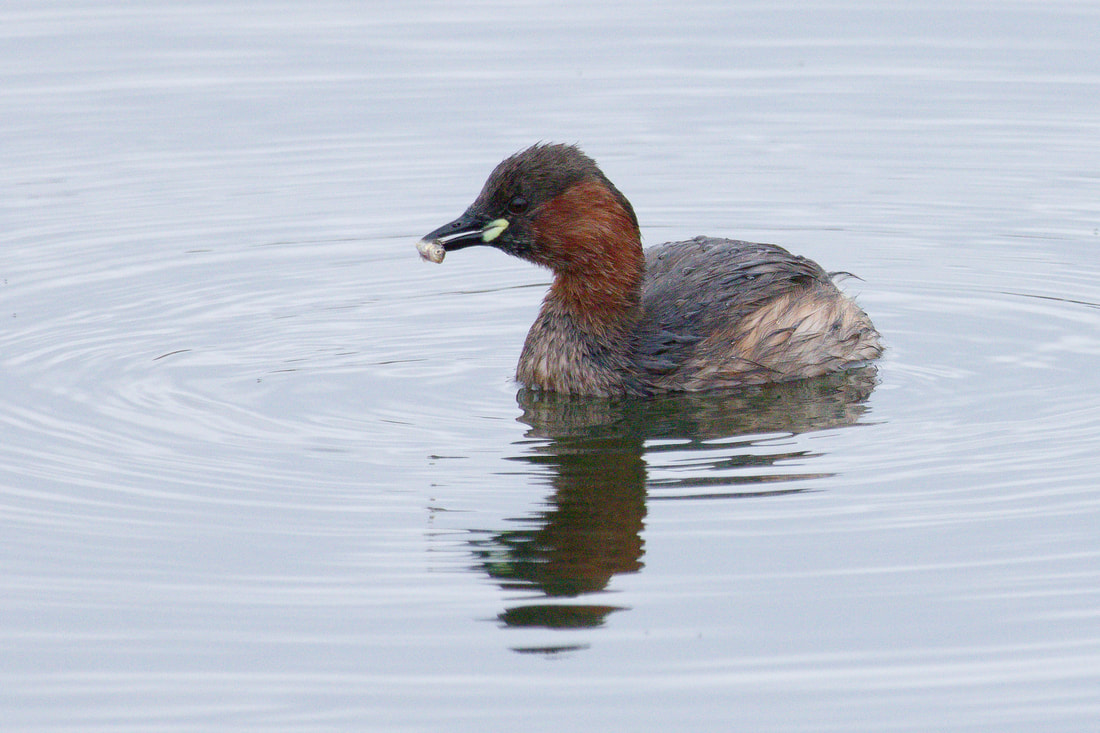
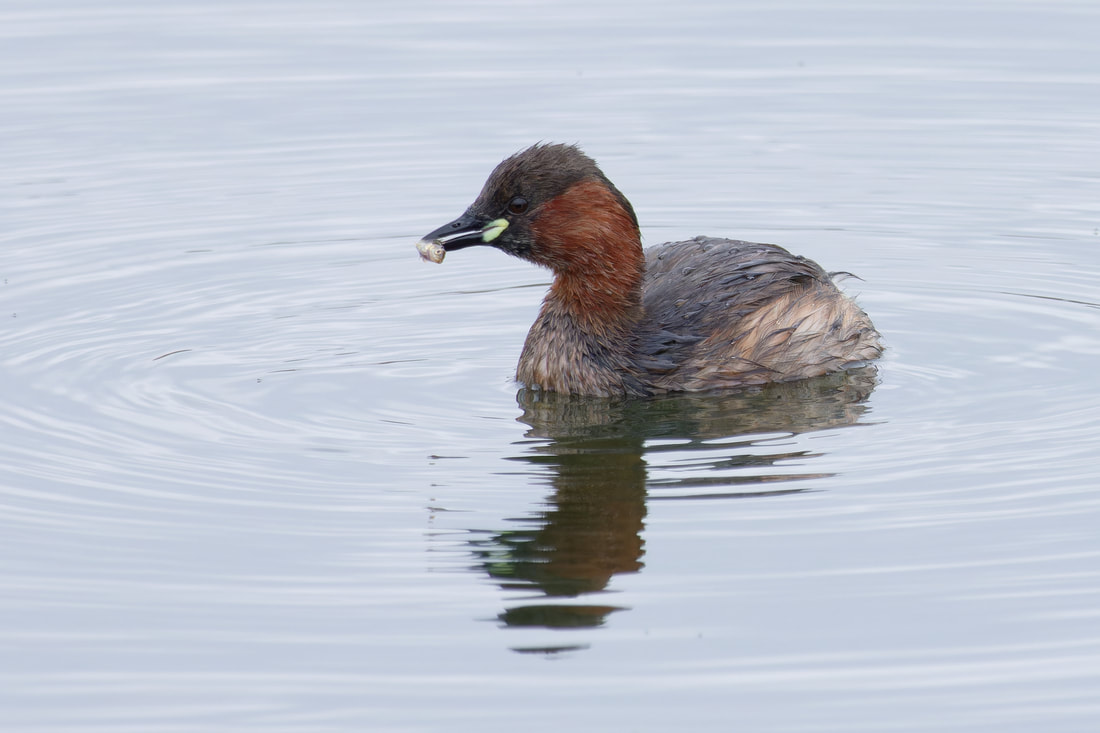
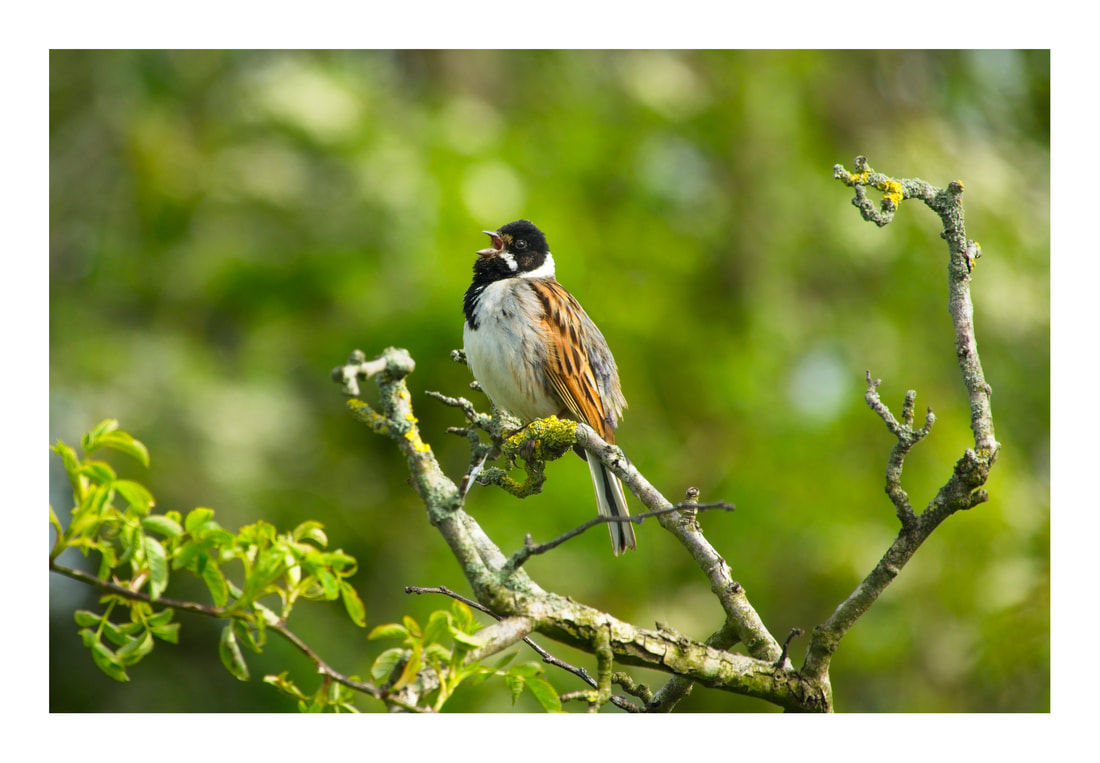
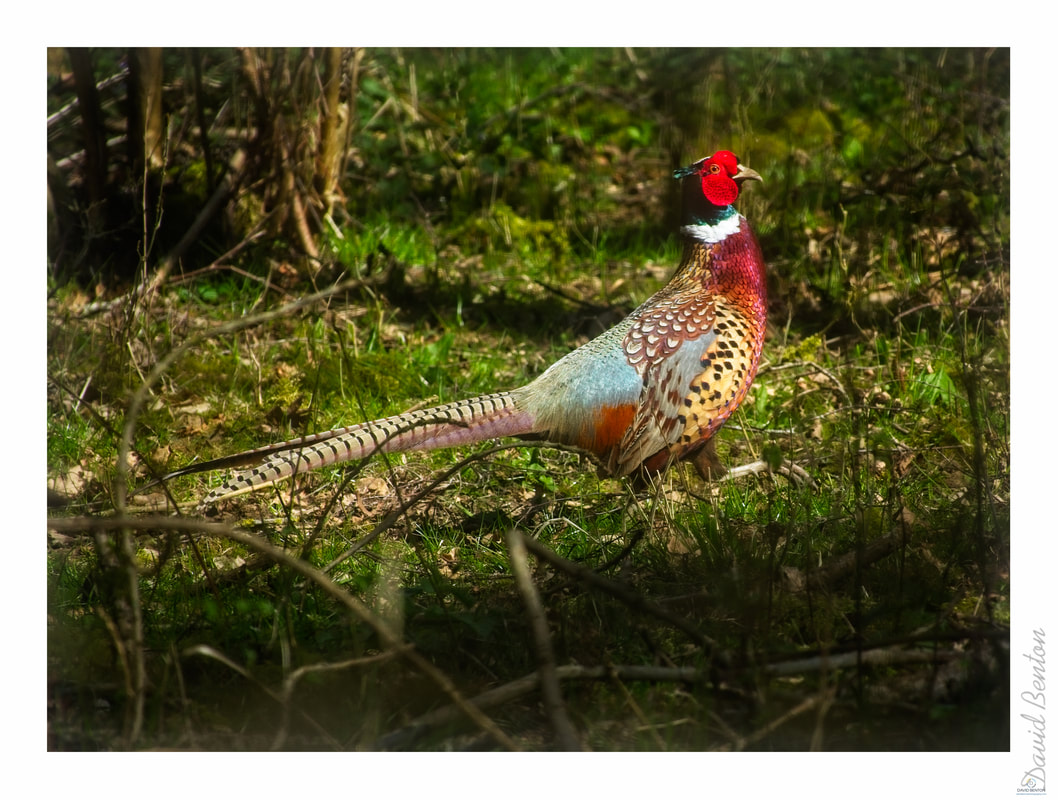
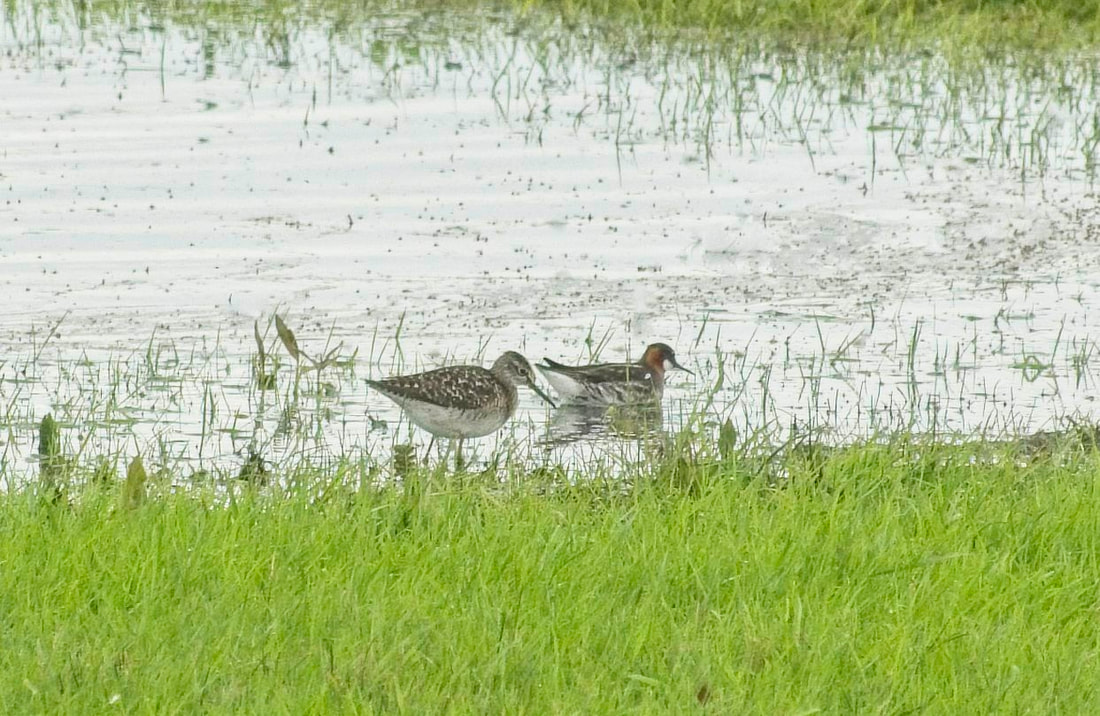
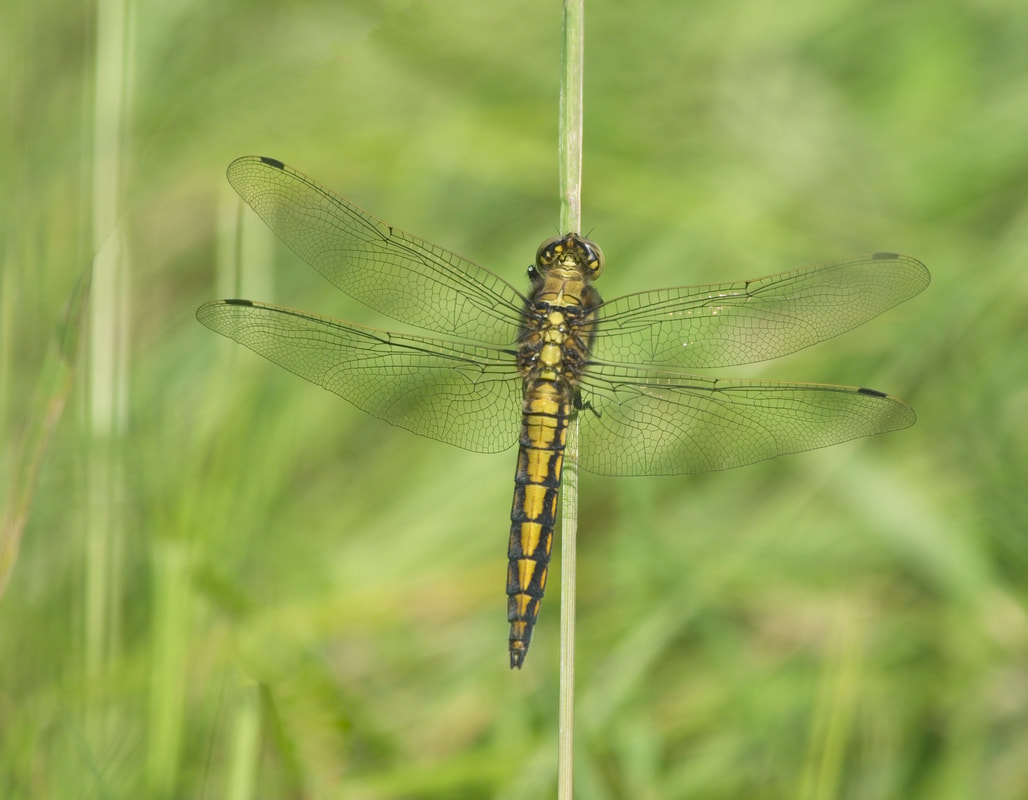
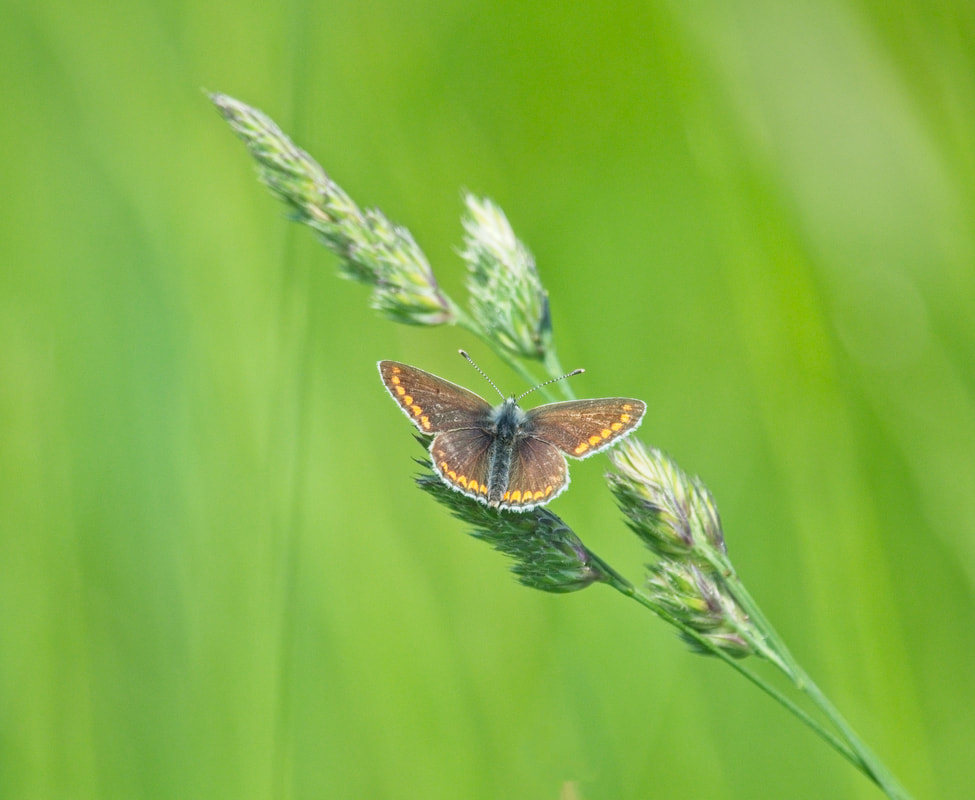
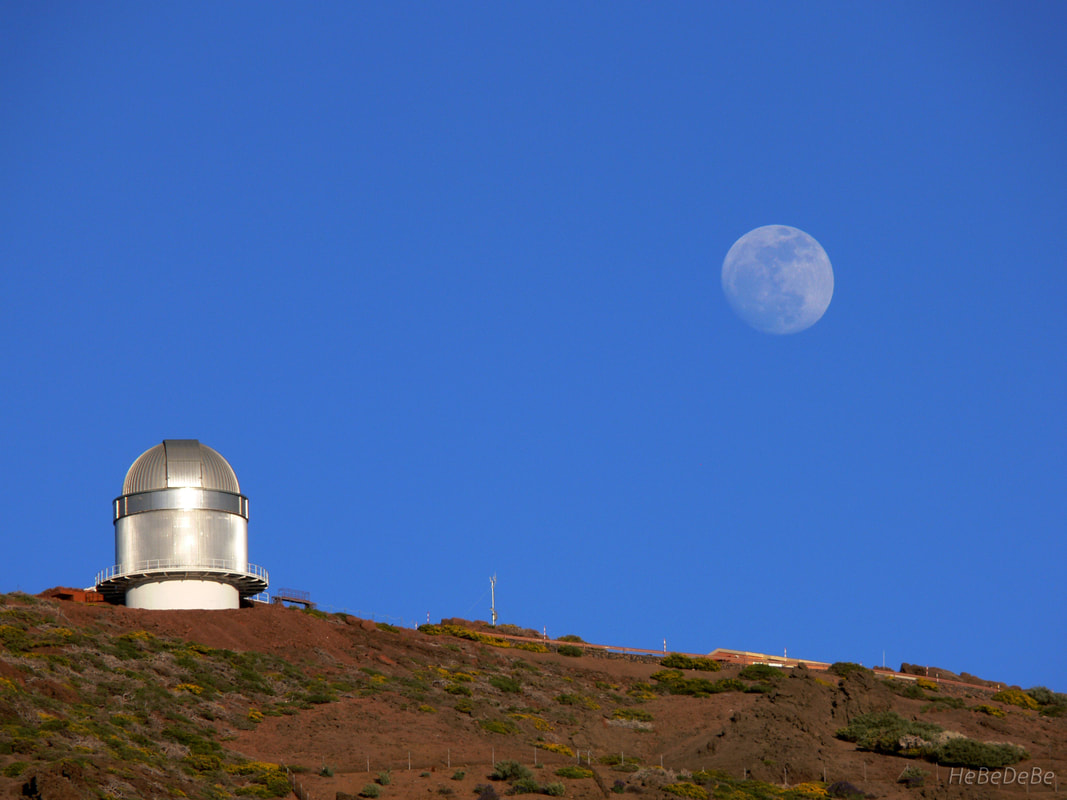
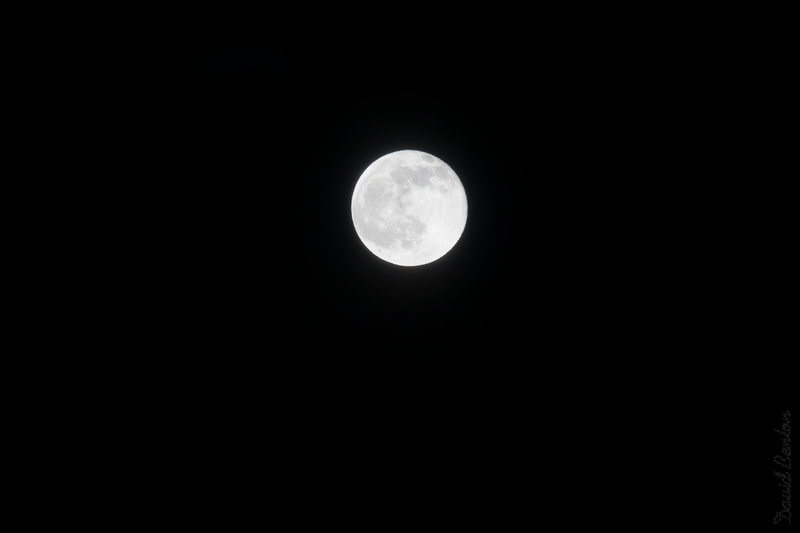
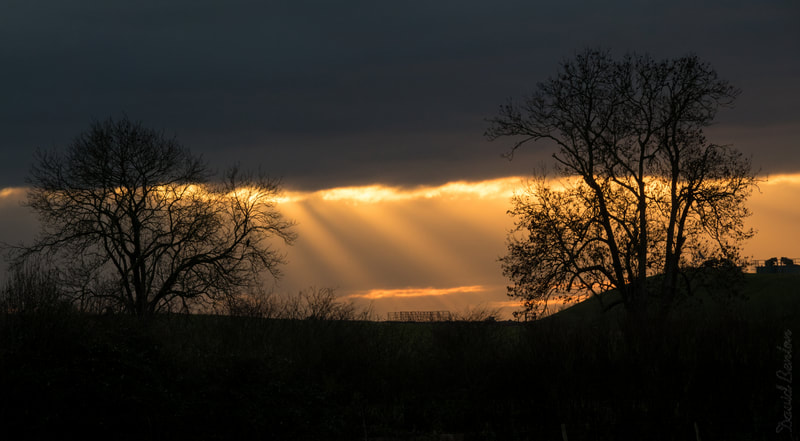
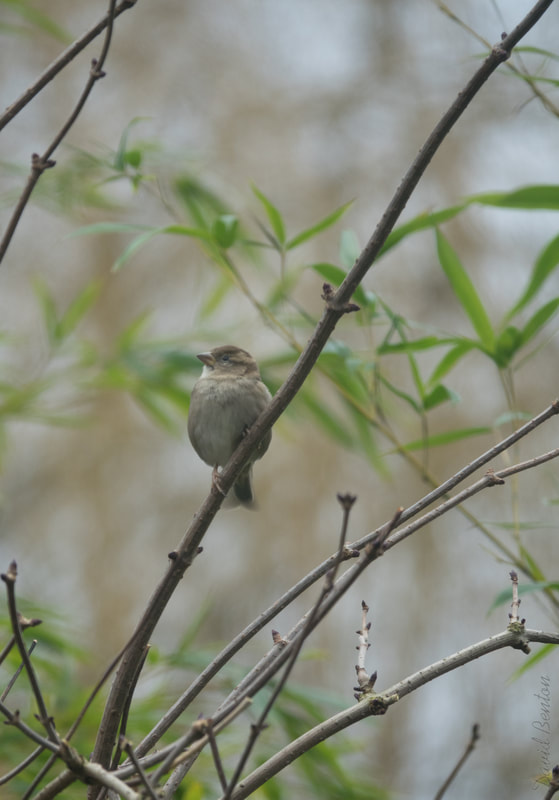
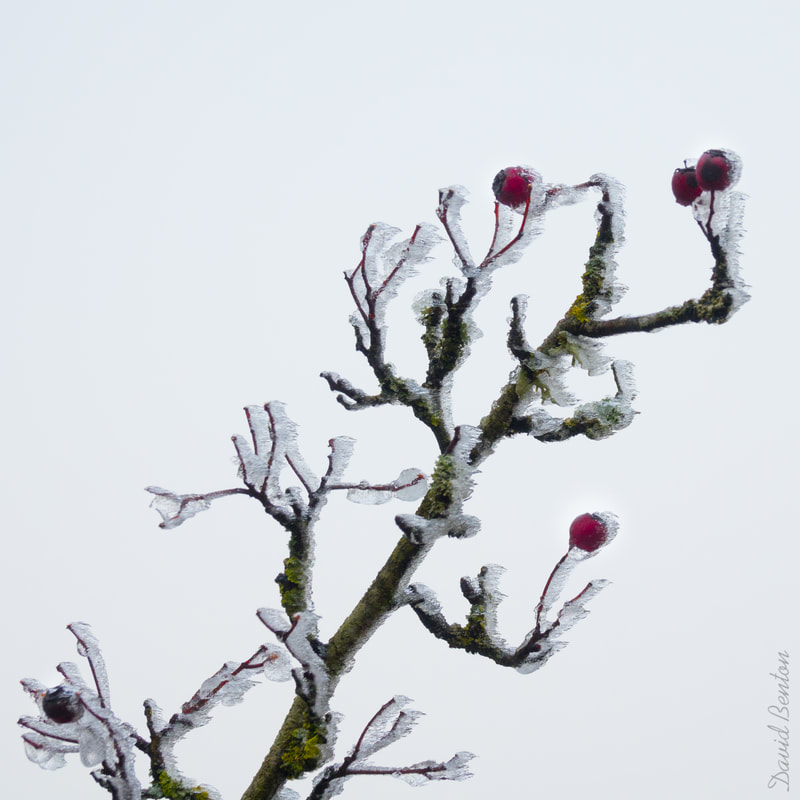
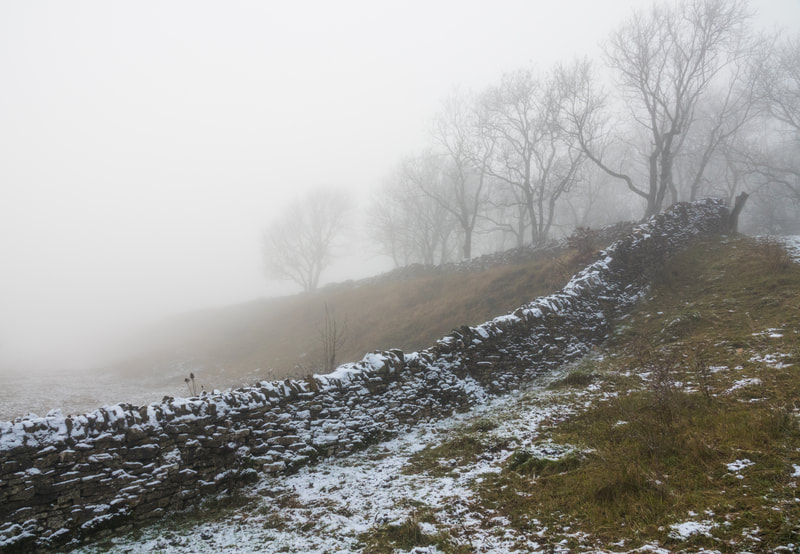
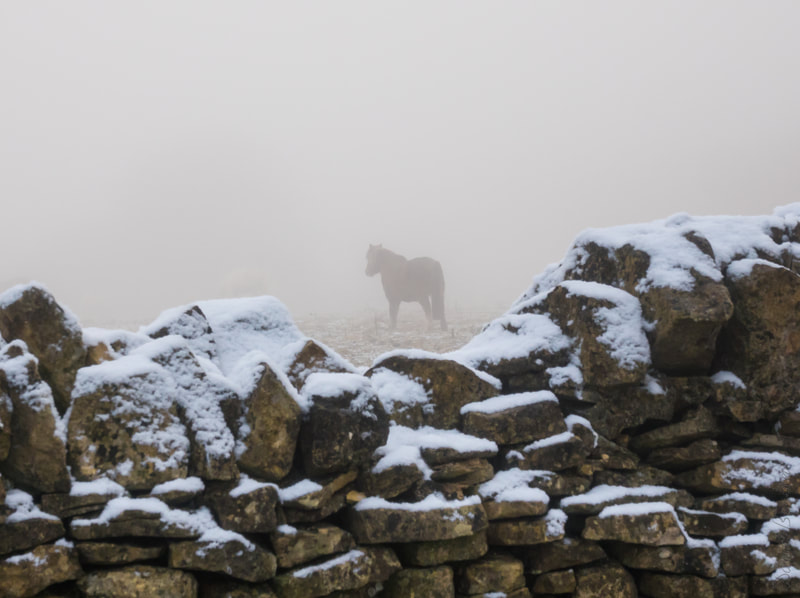
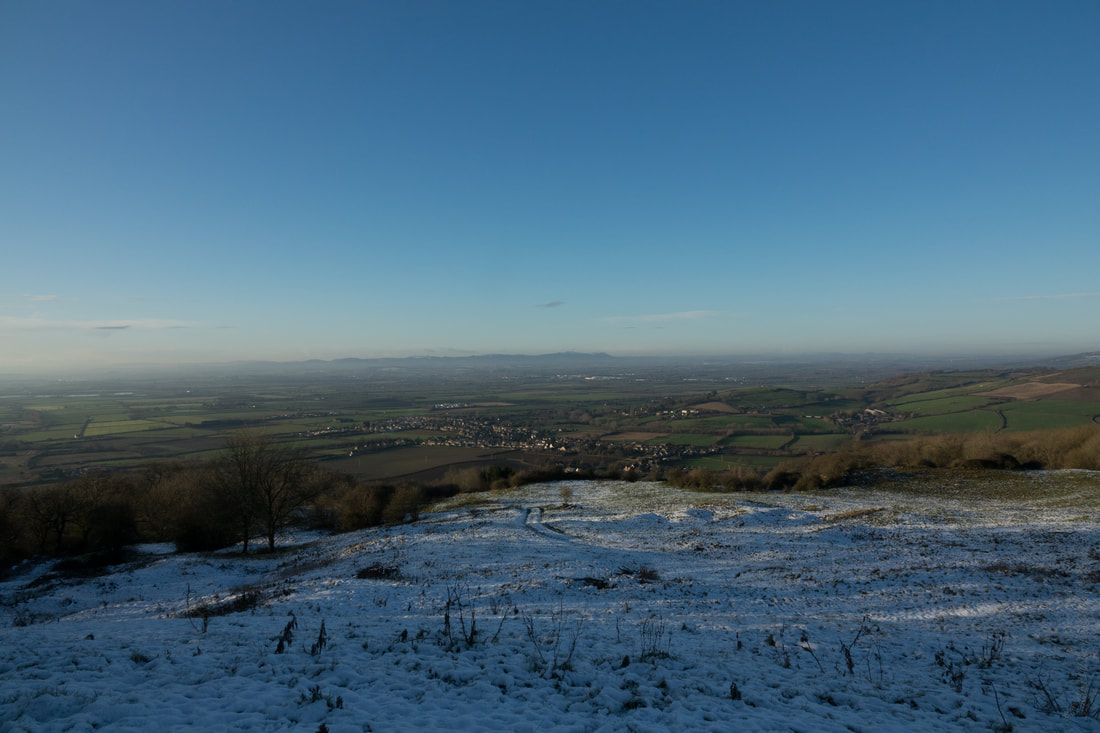
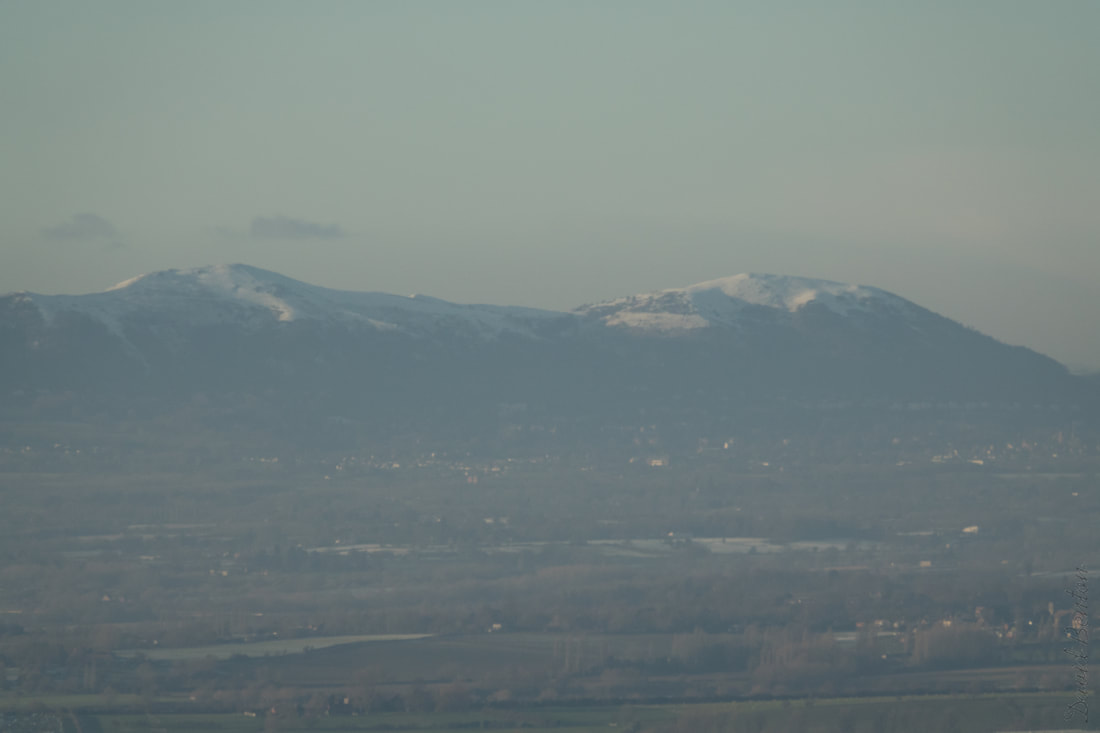
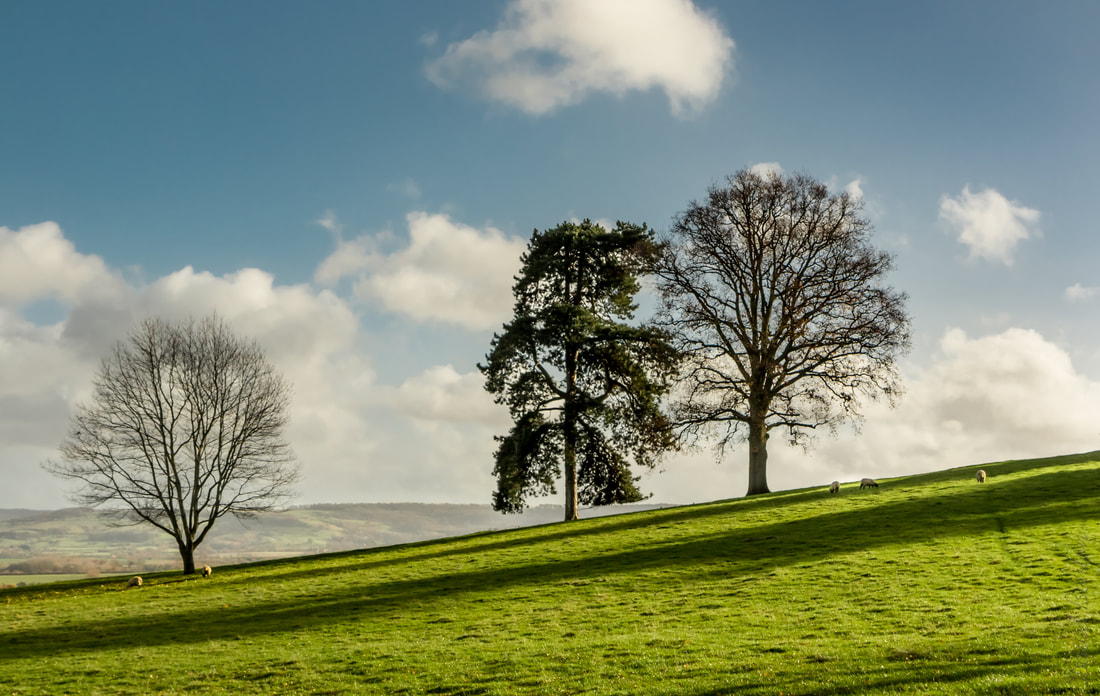
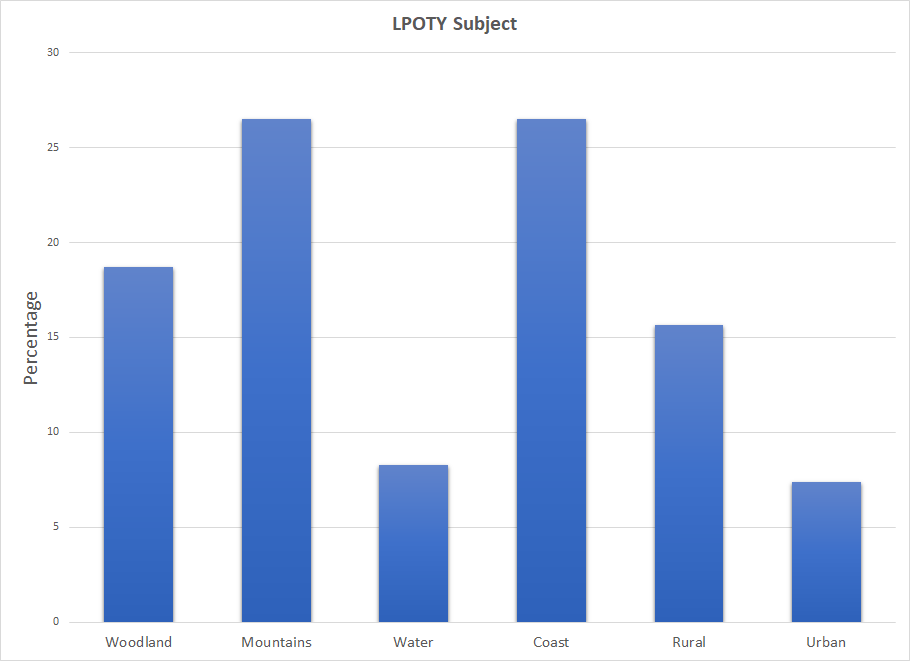
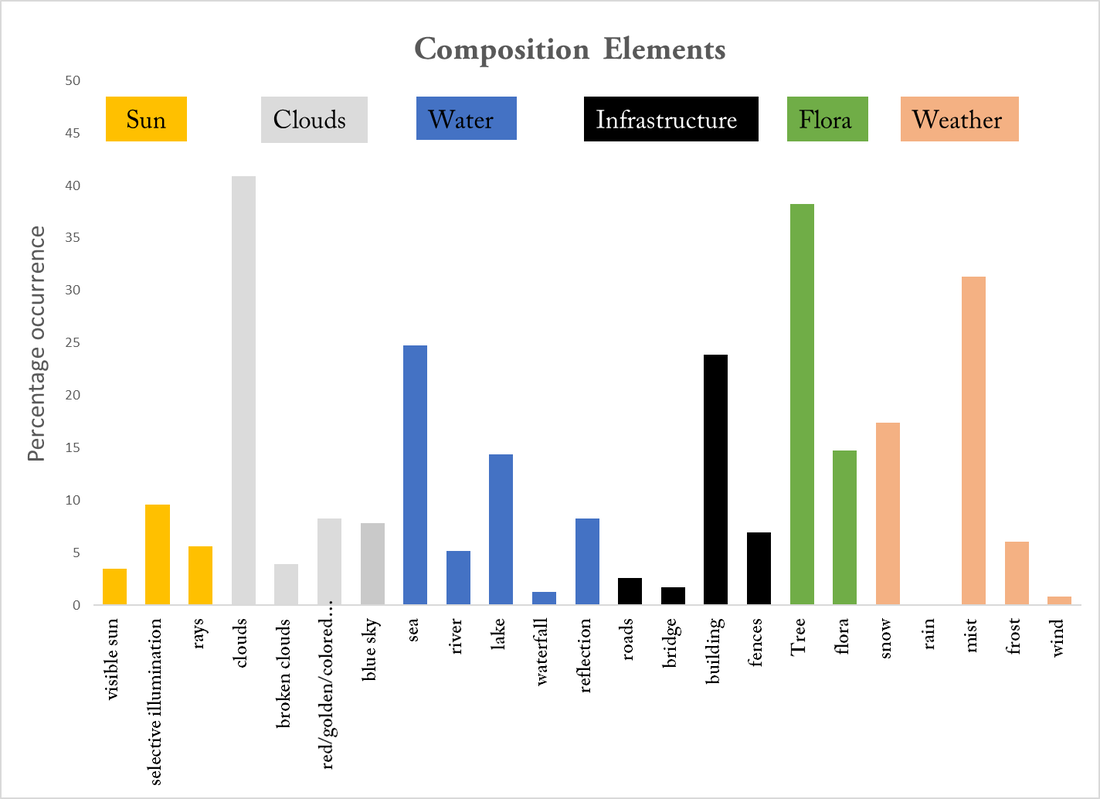
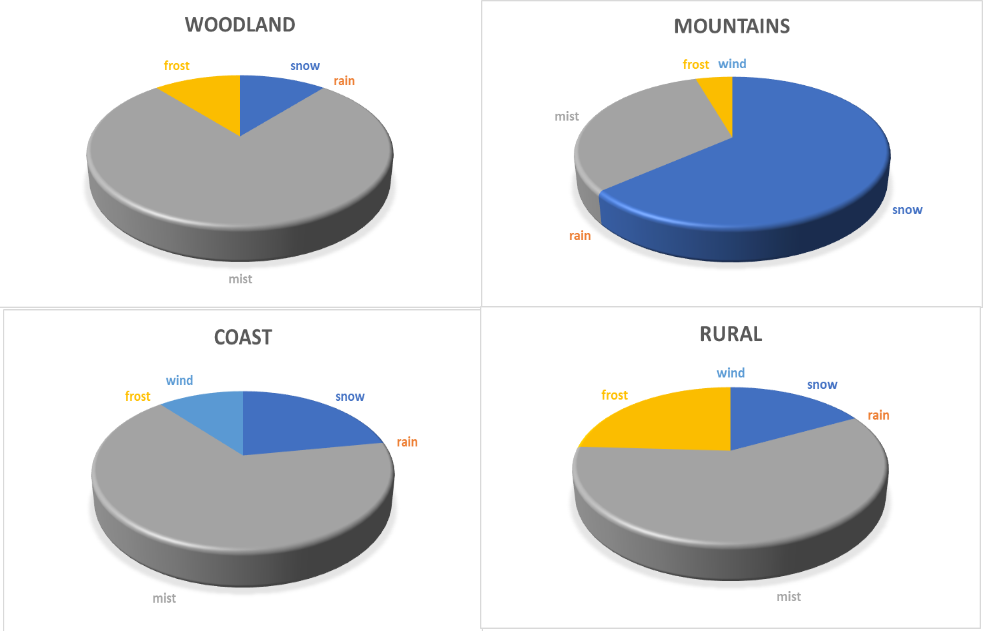
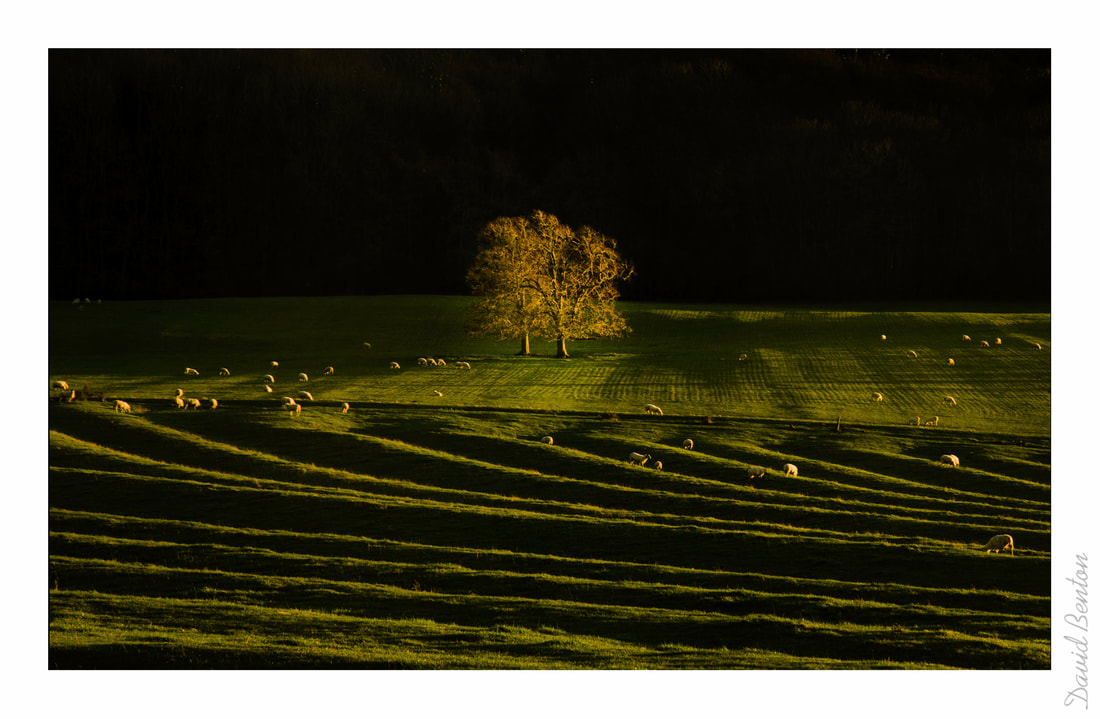
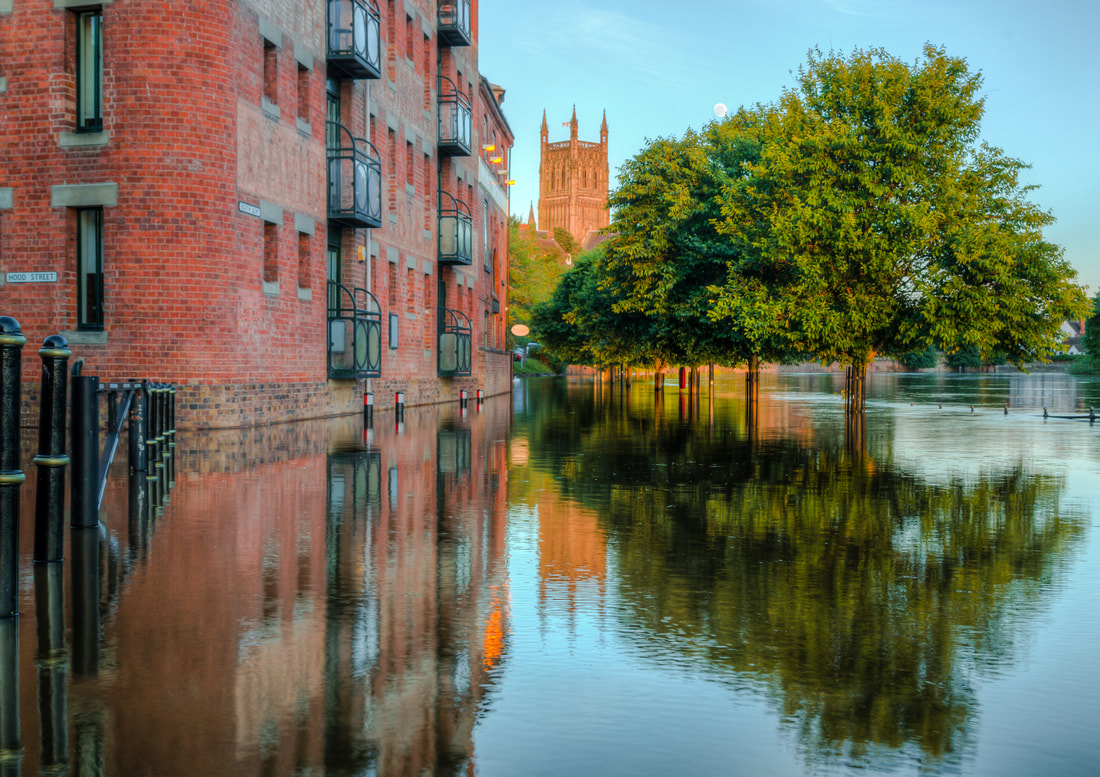
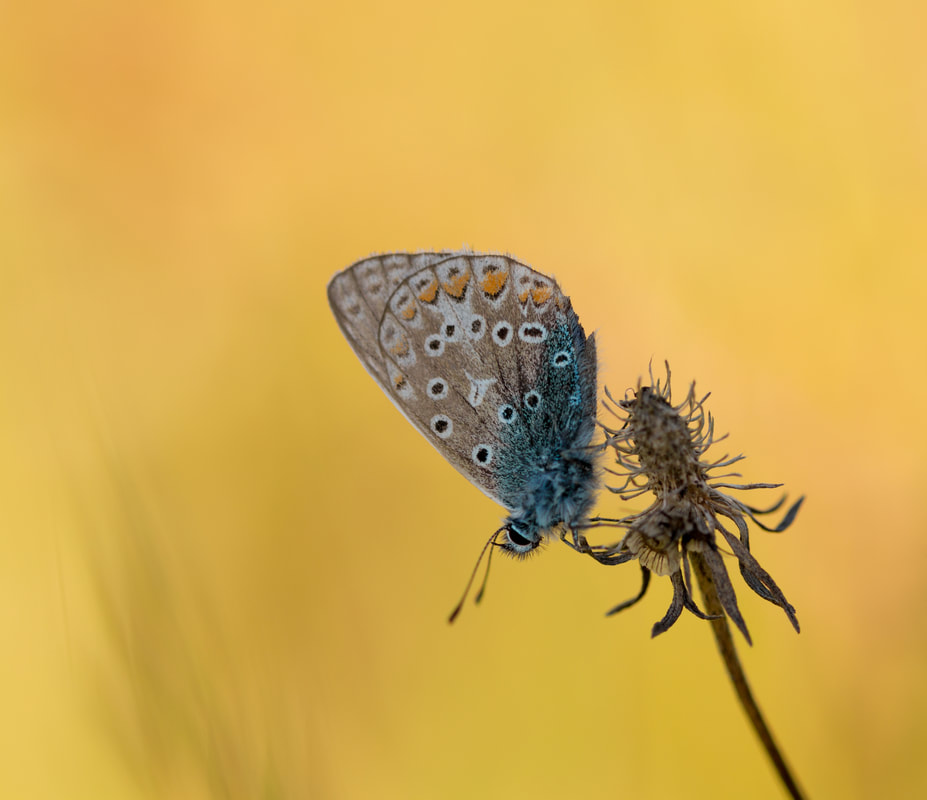
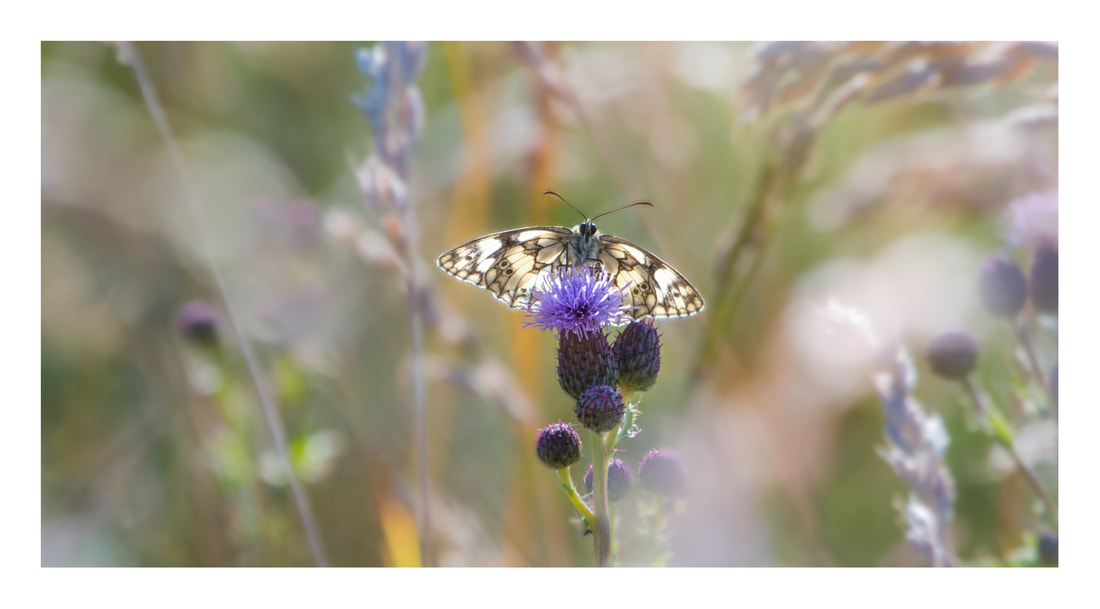
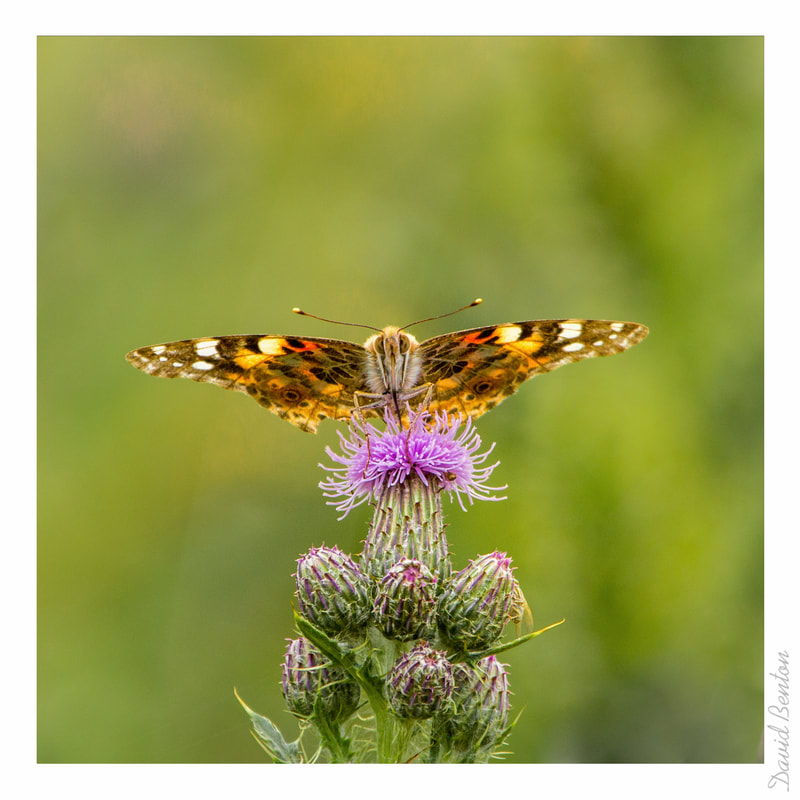
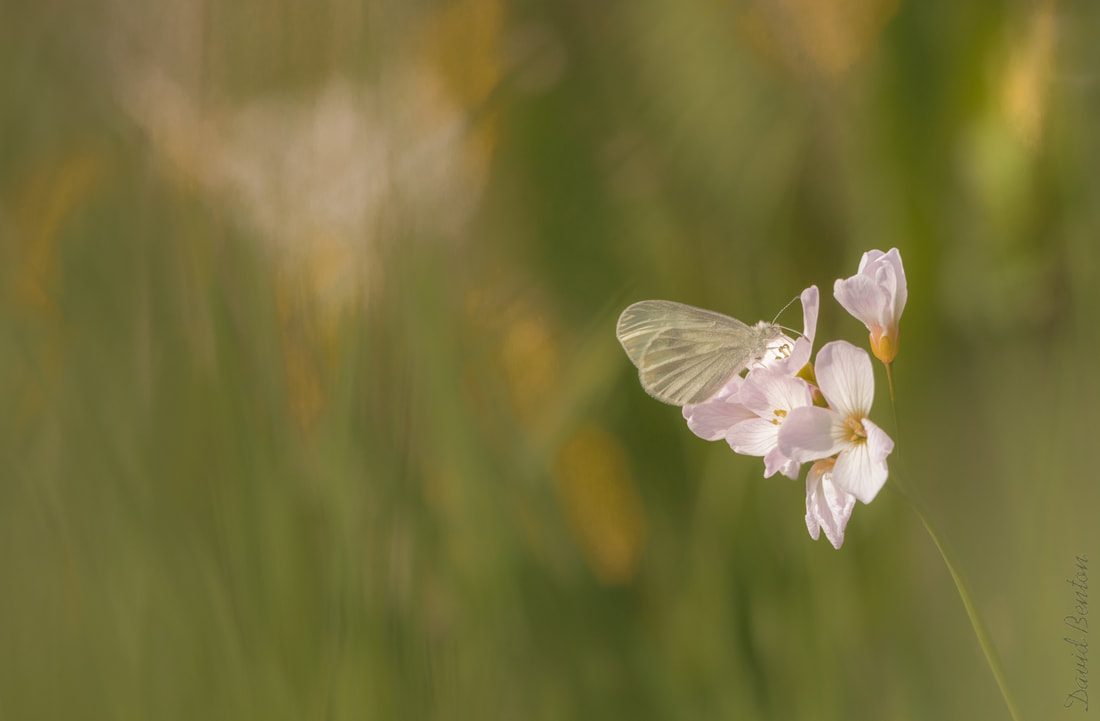
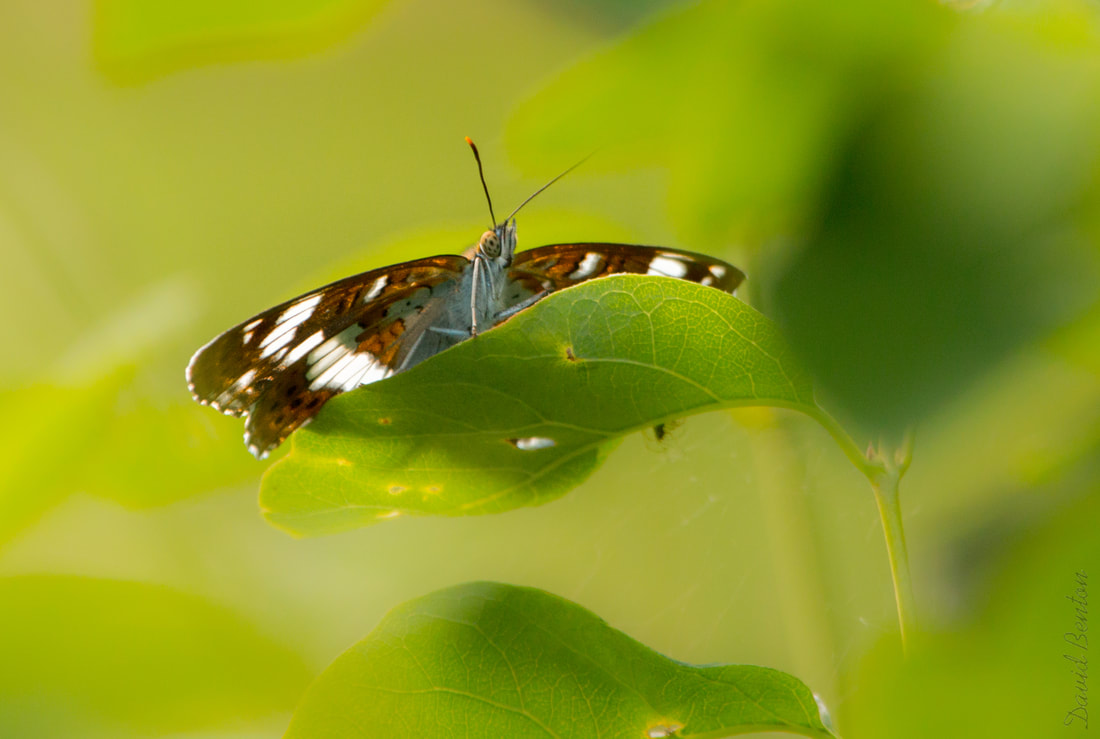
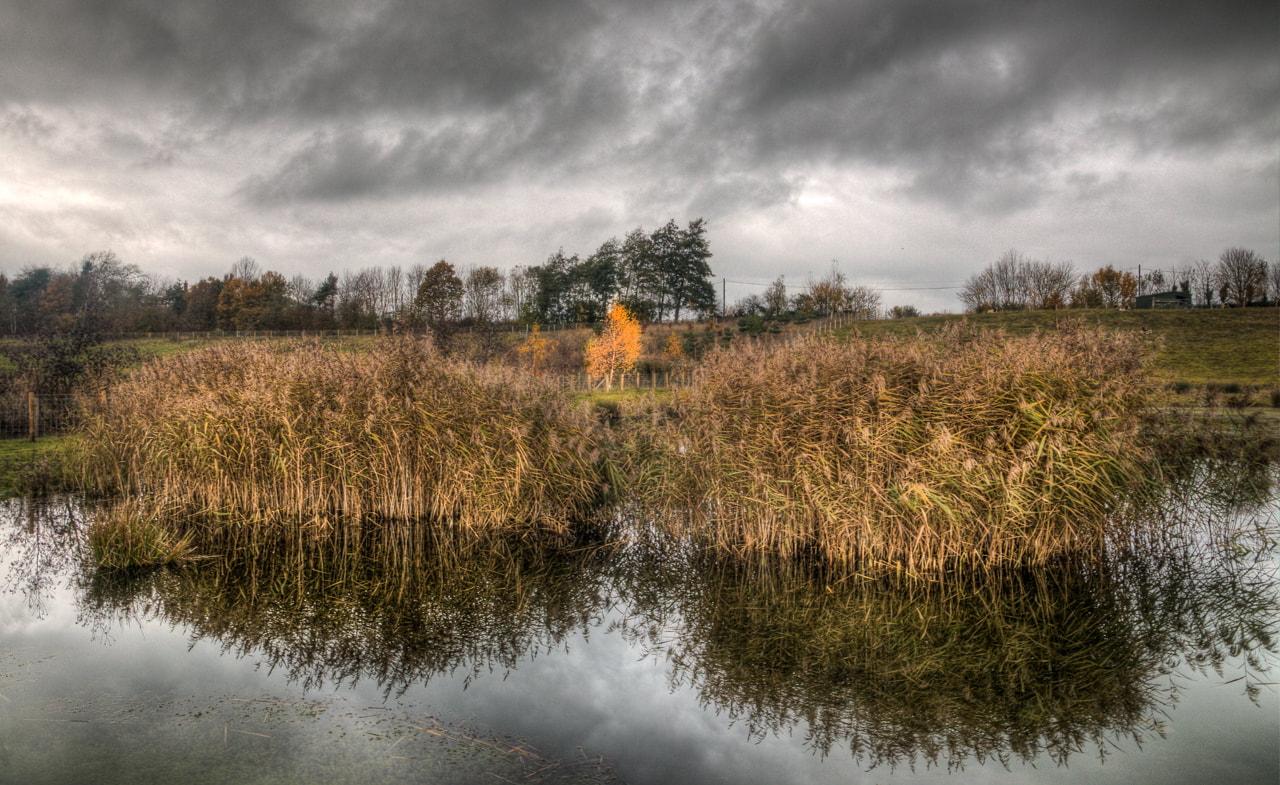
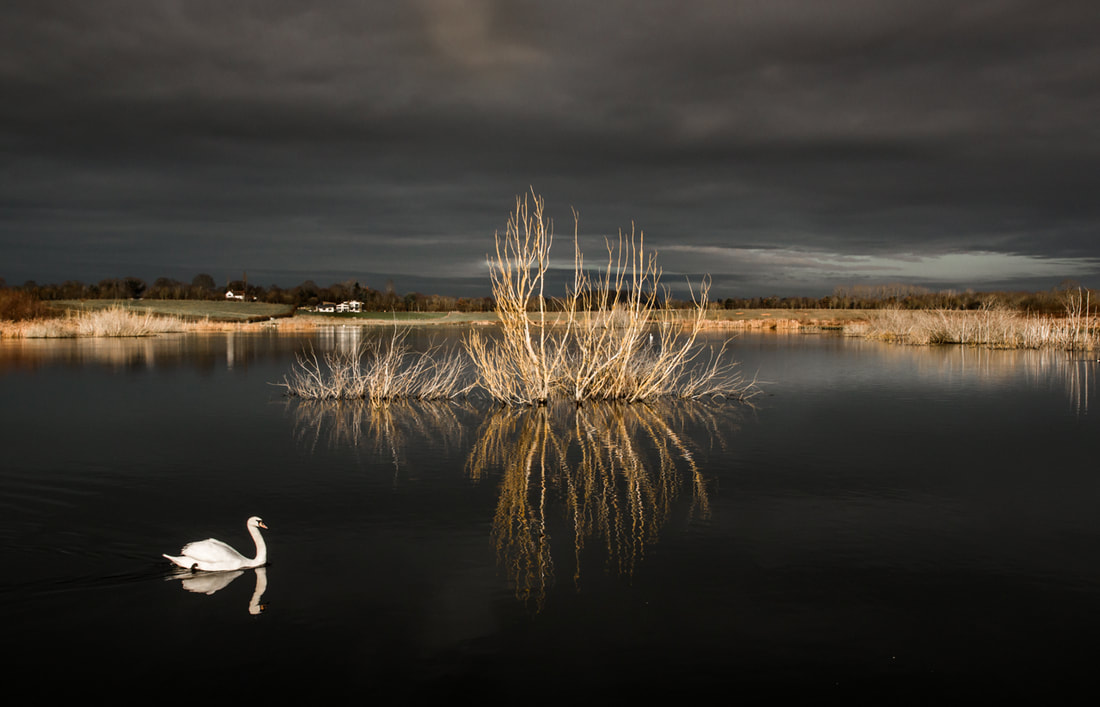
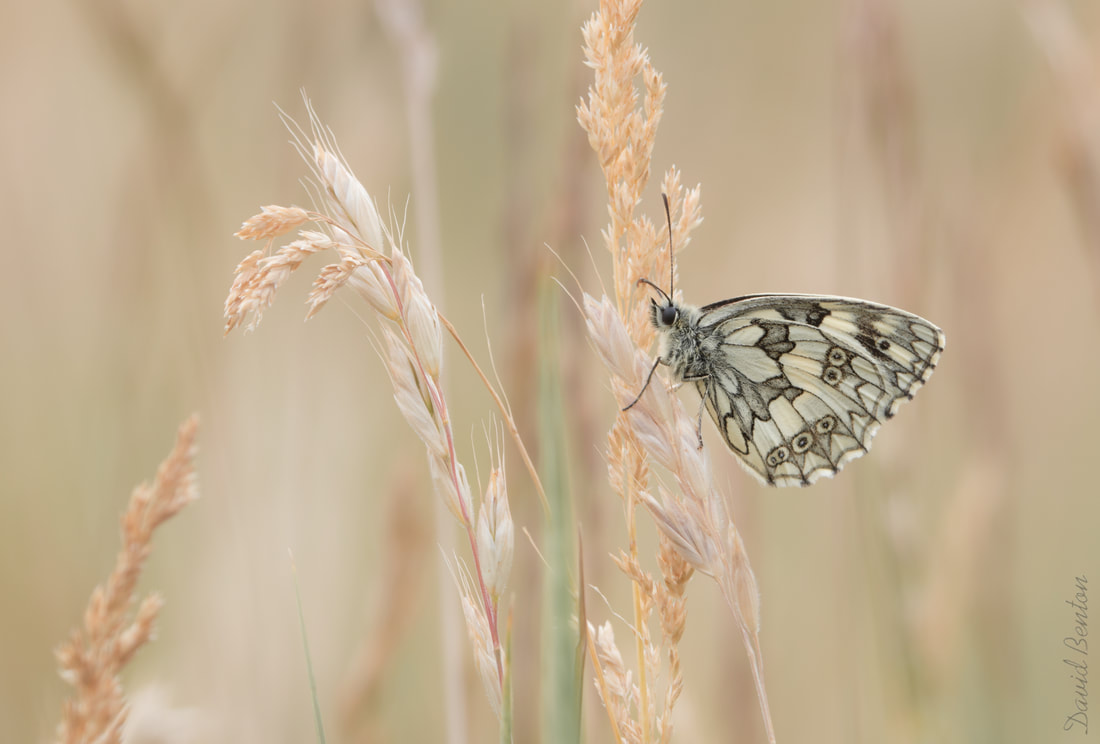
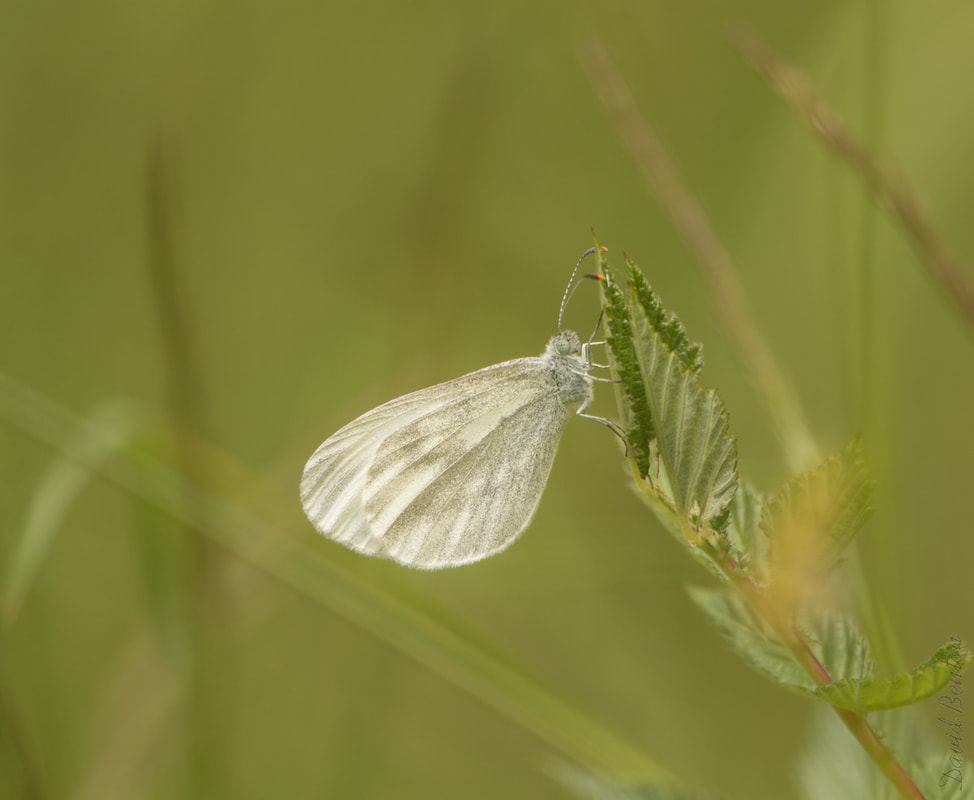
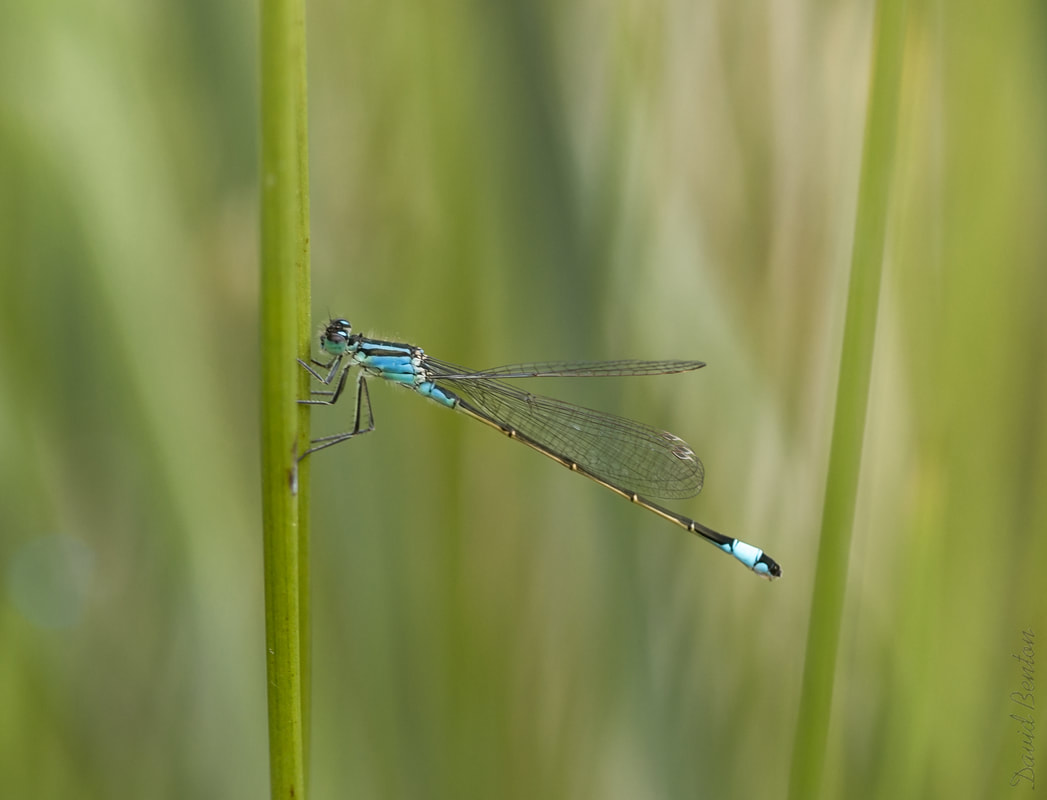
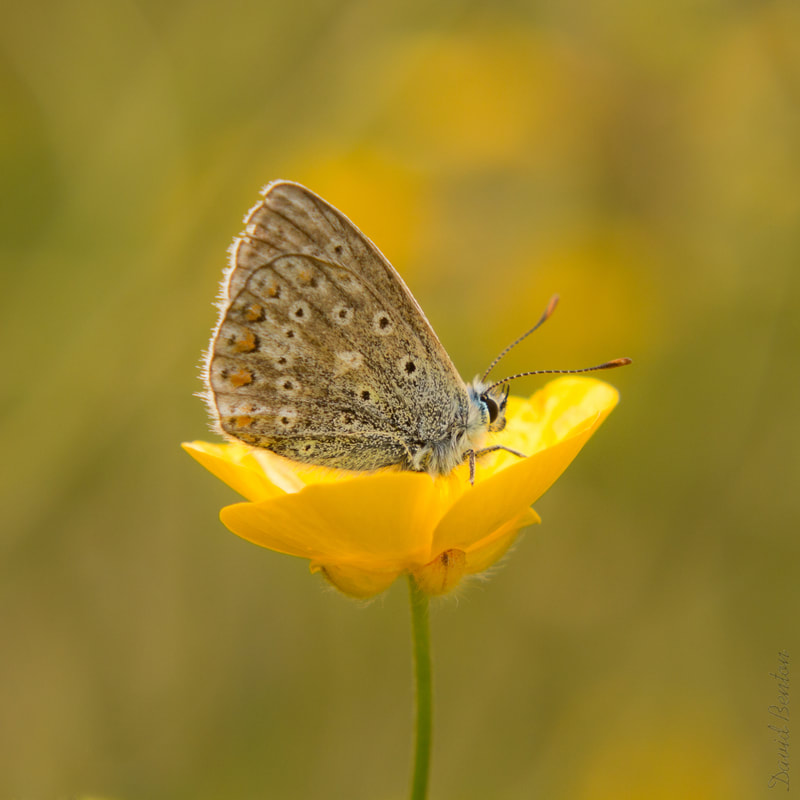
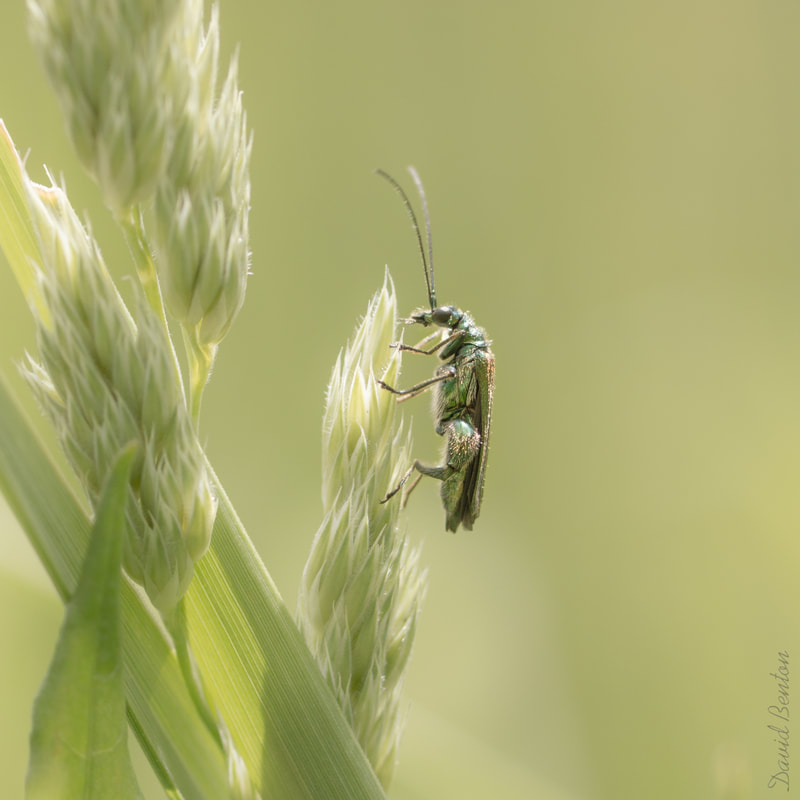
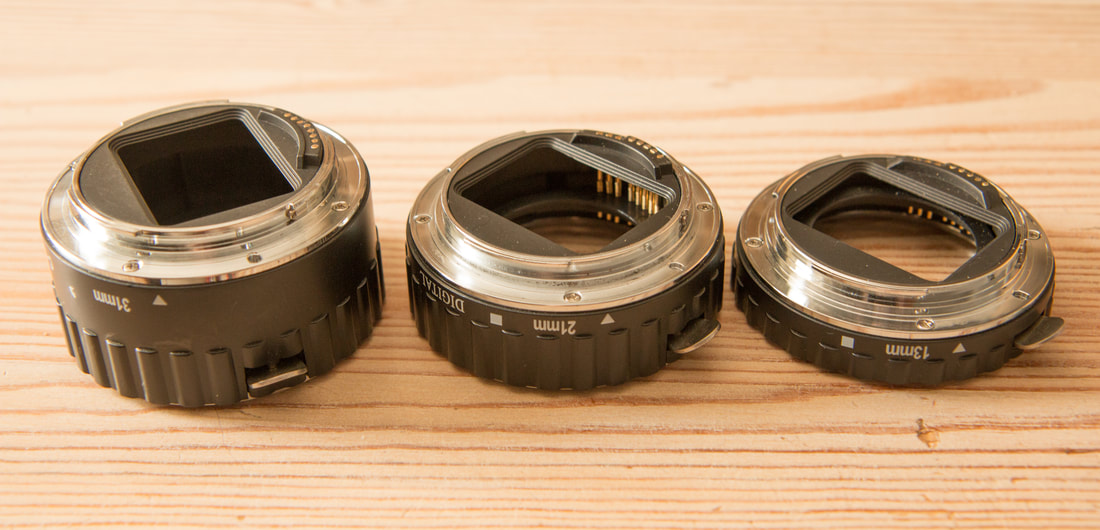
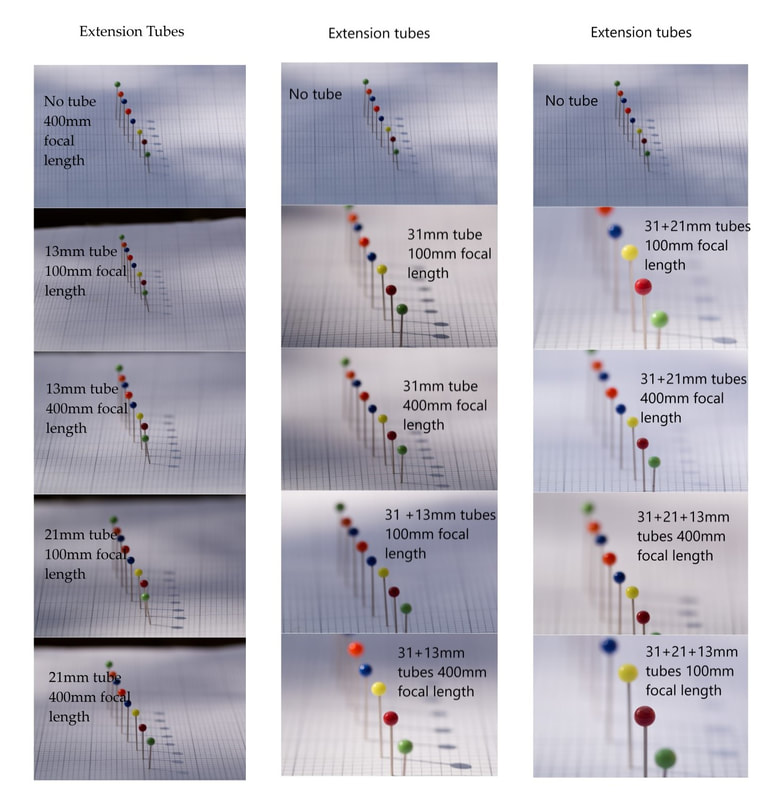
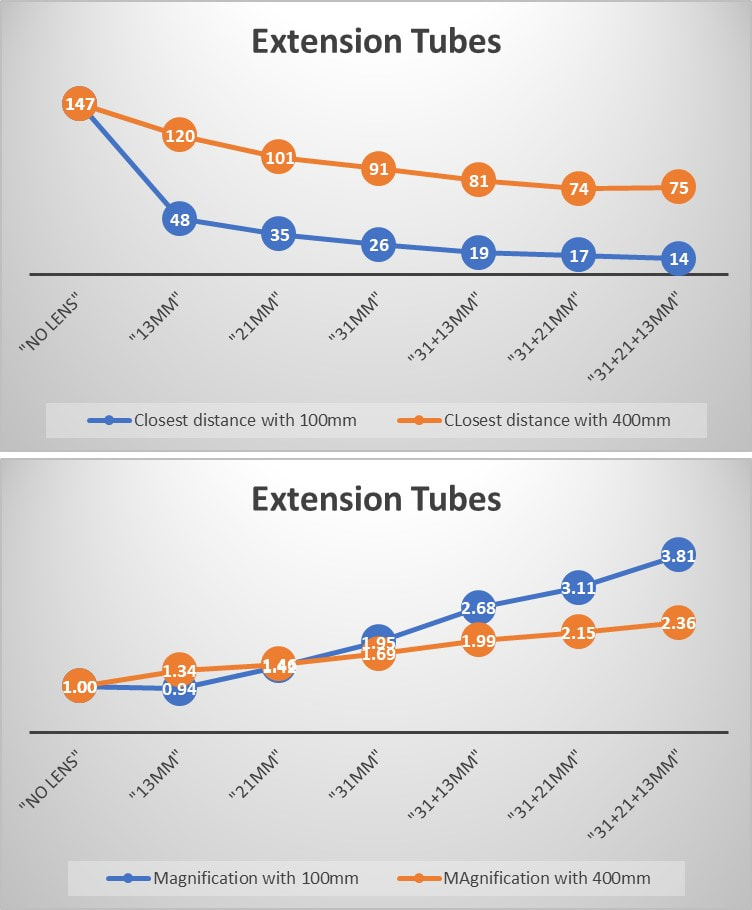
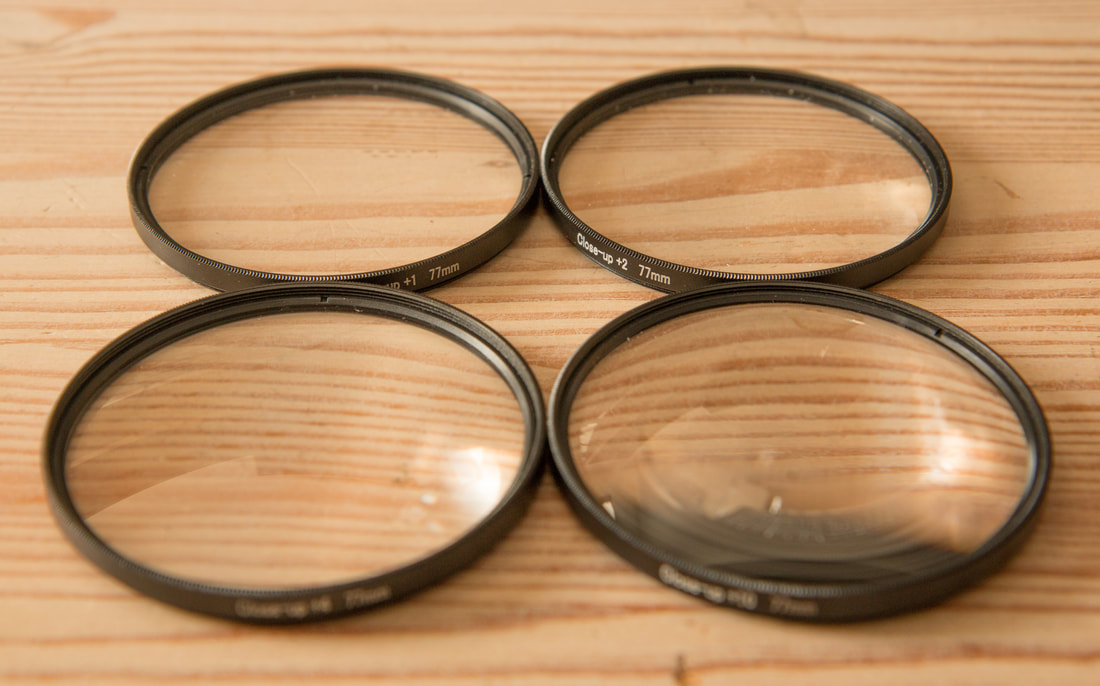
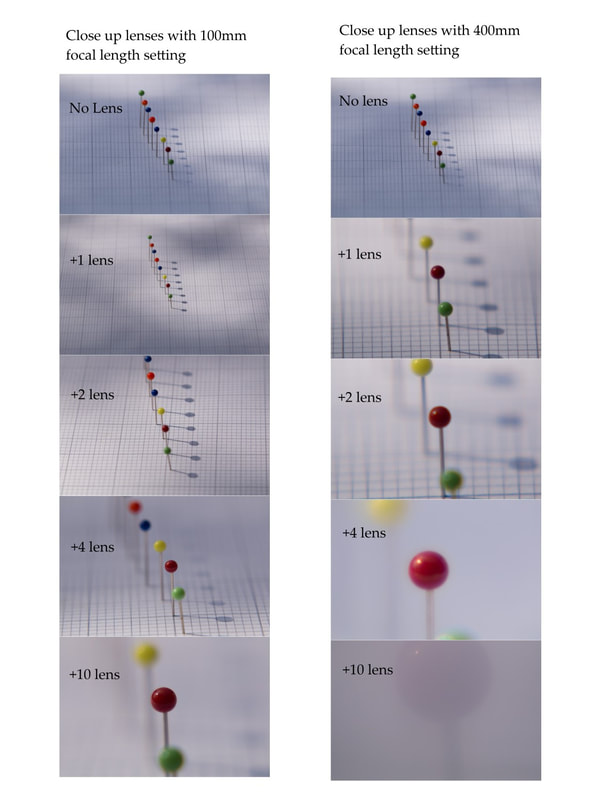
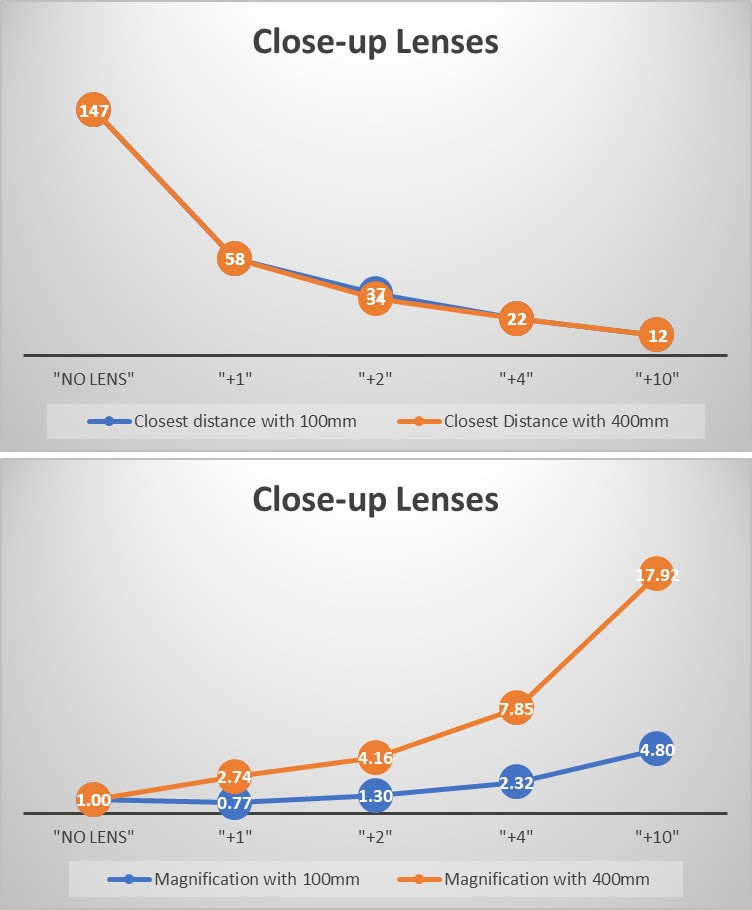
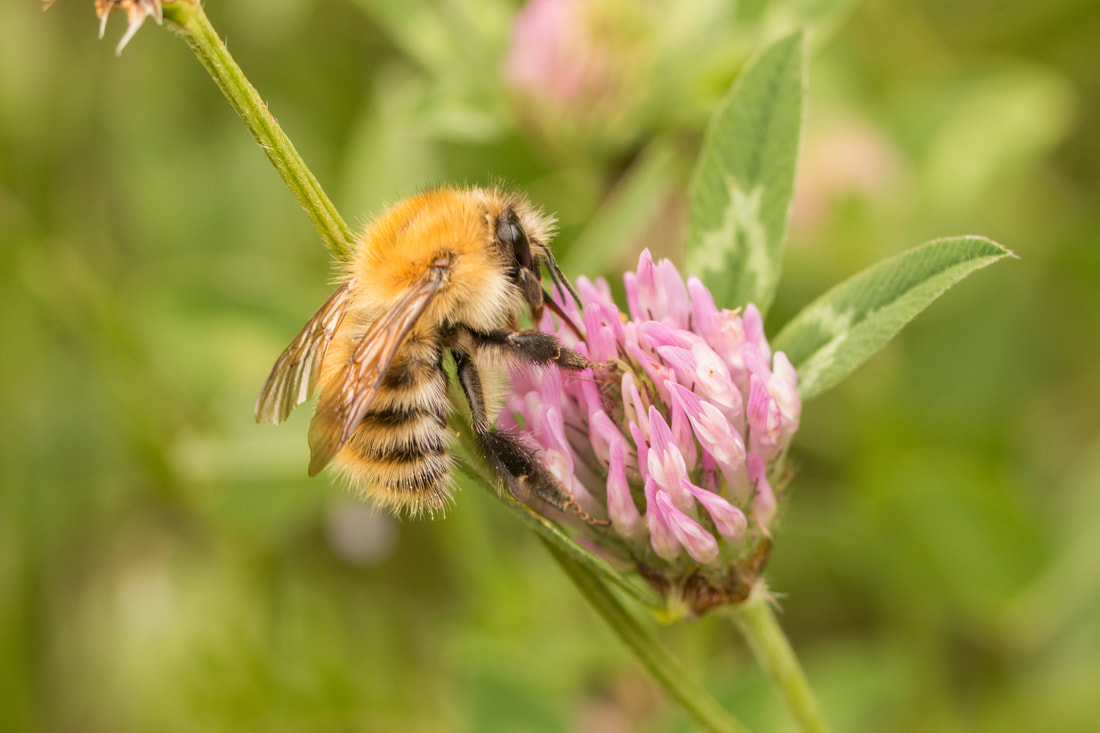
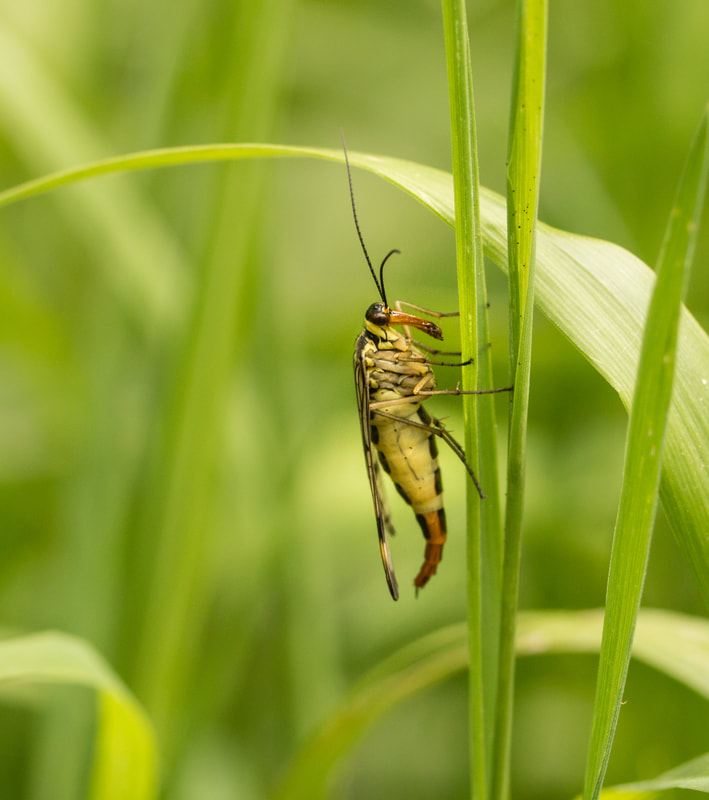
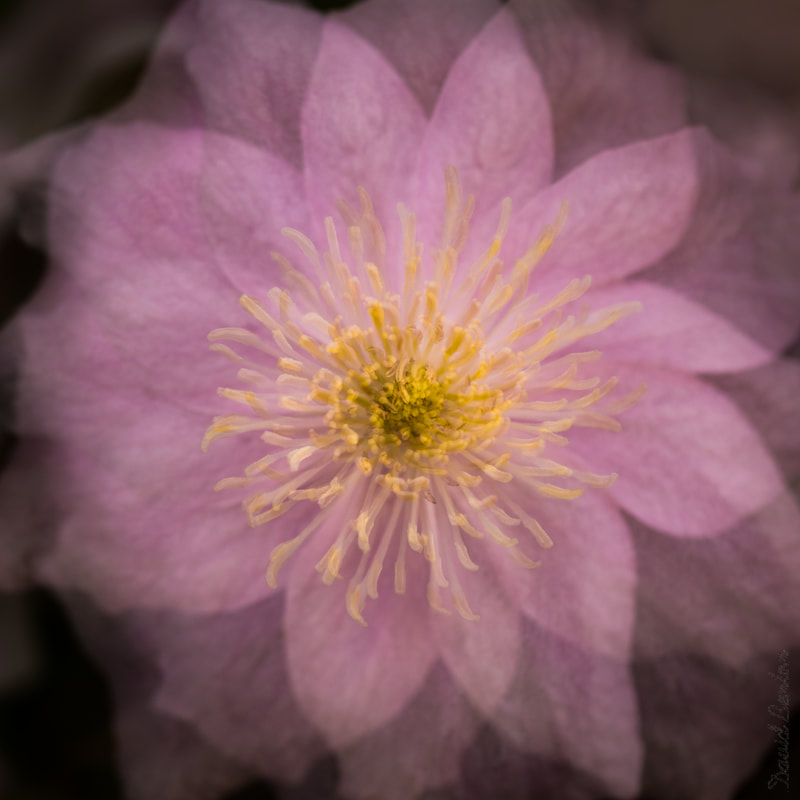
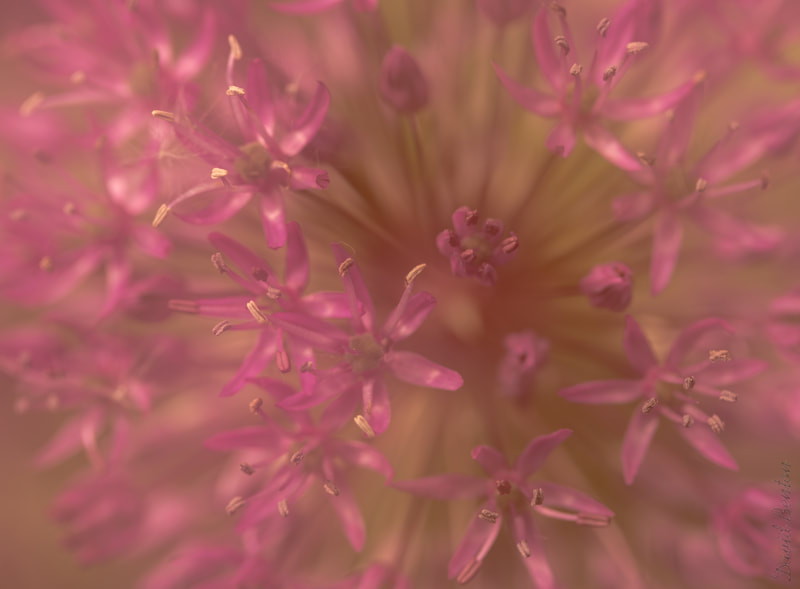
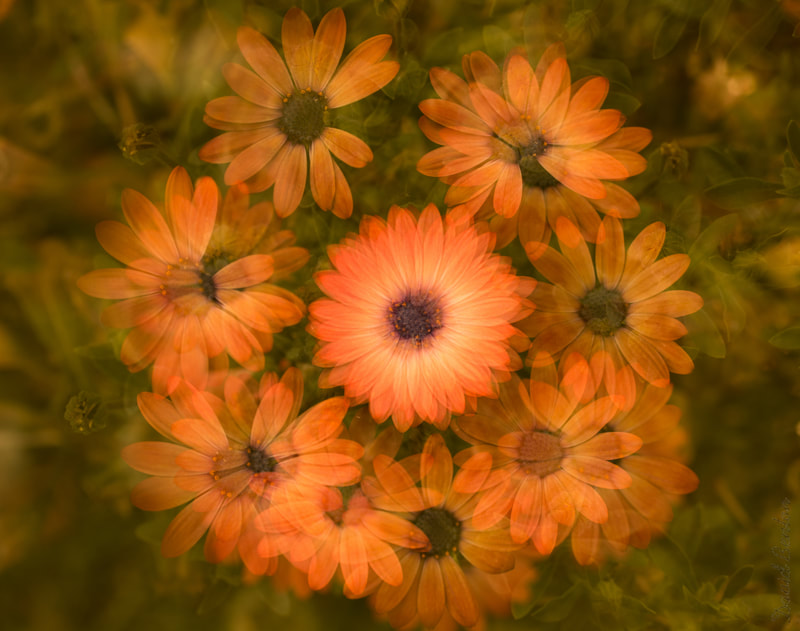
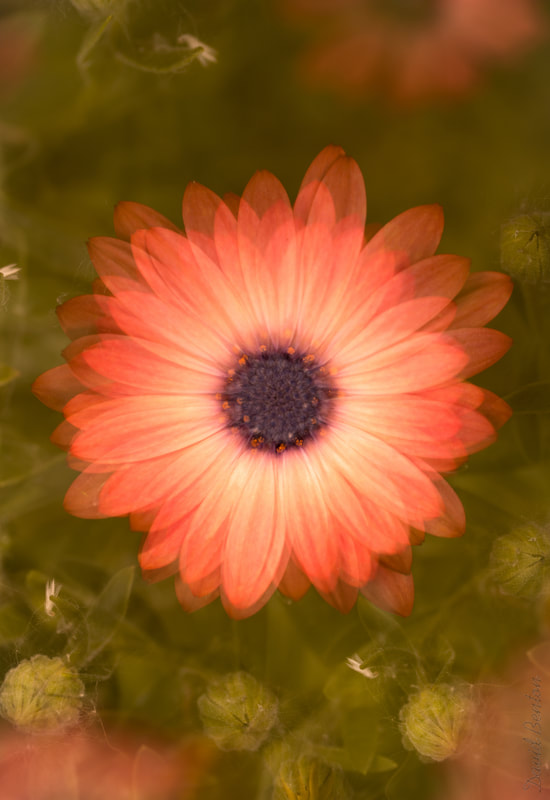
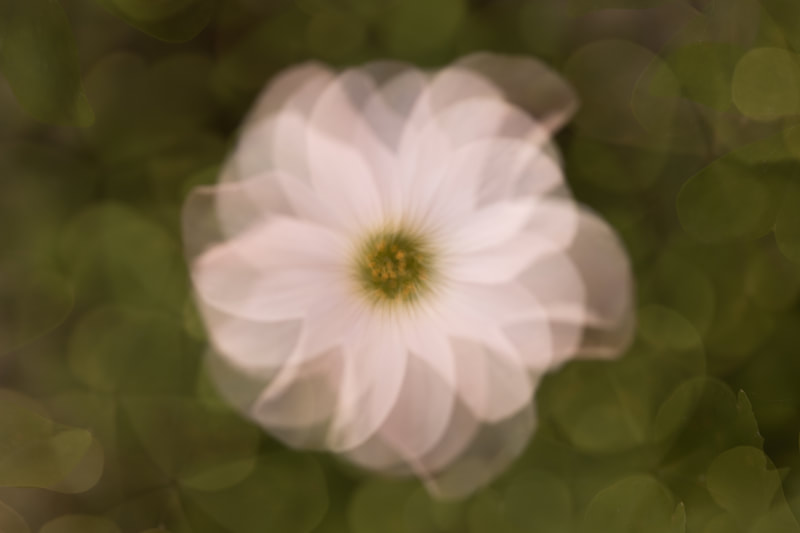
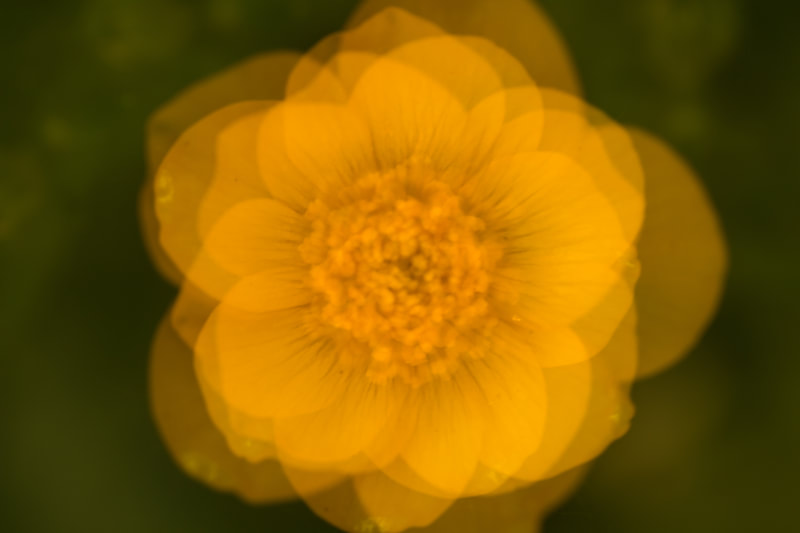
 RSS Feed
RSS Feed